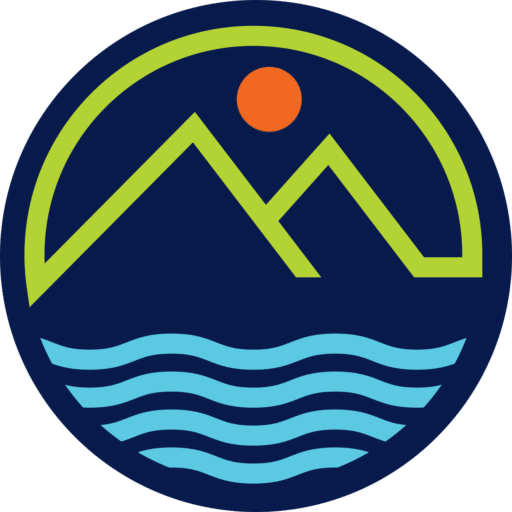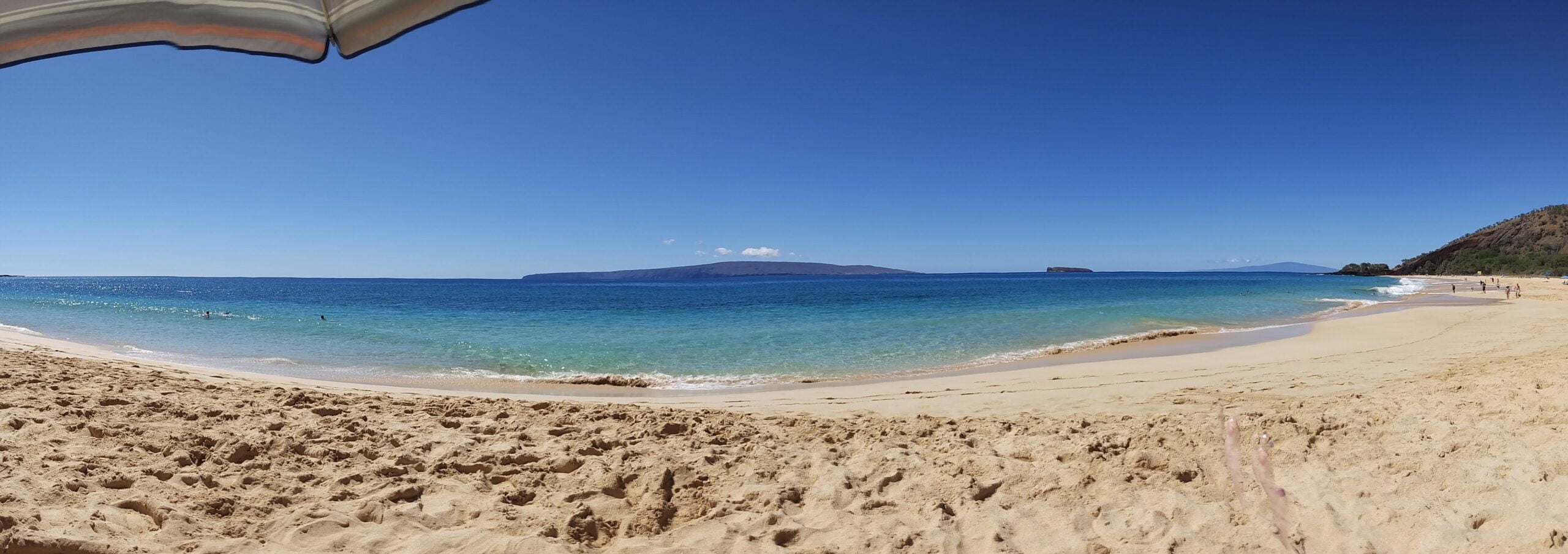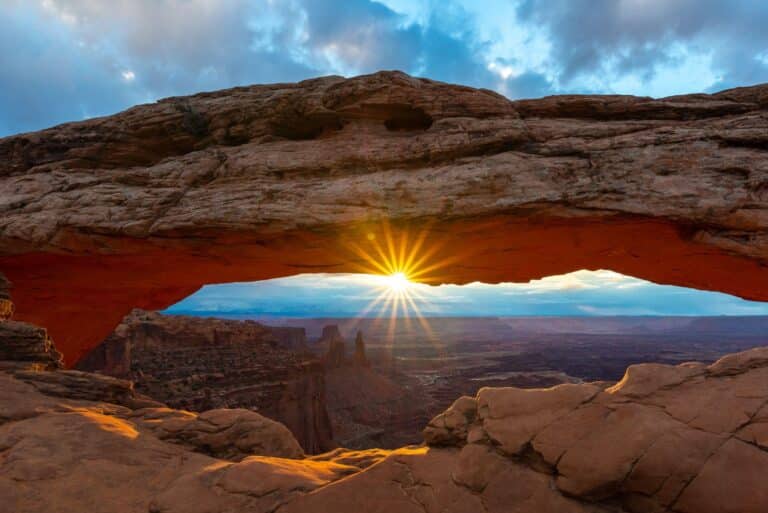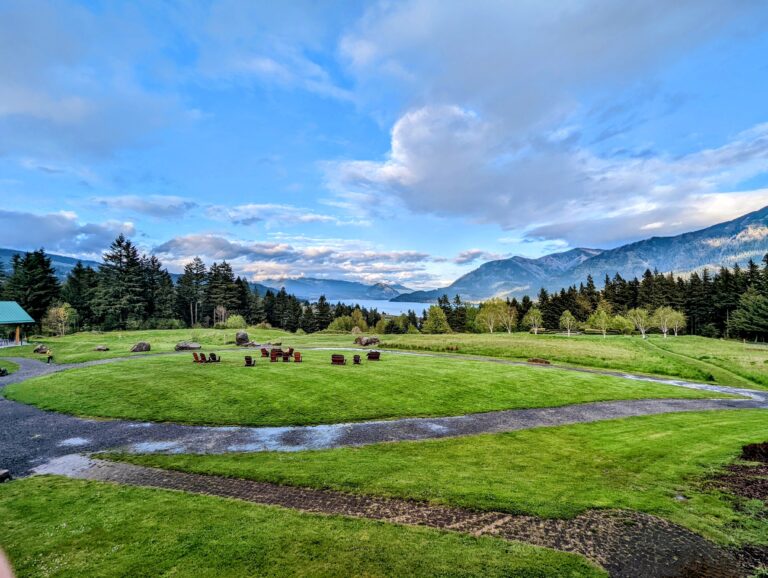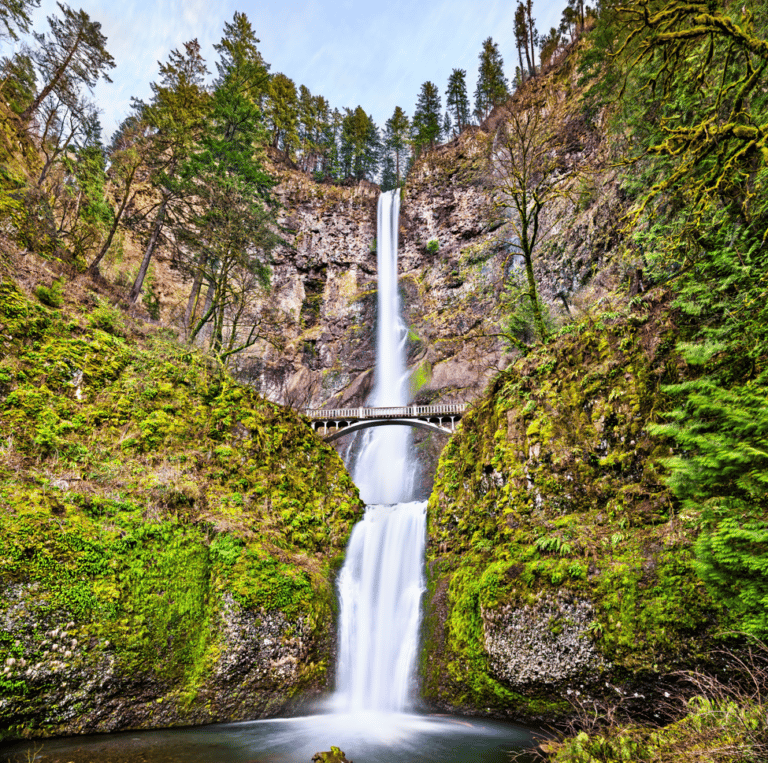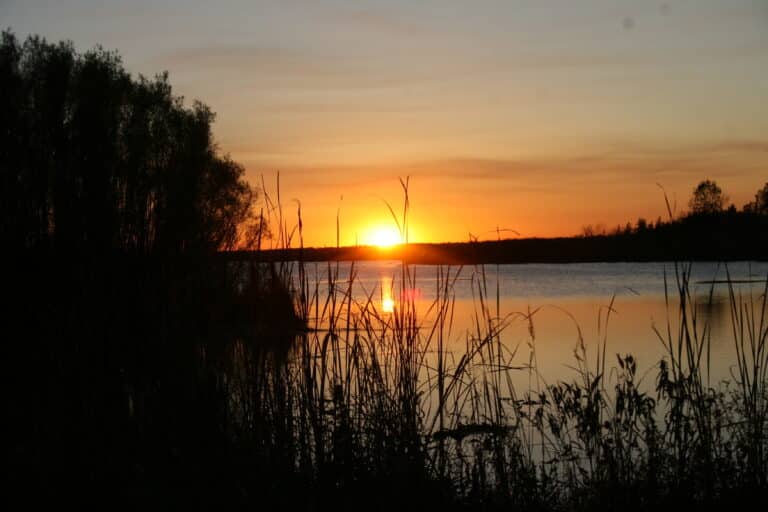7 Wonders of Oregon: Unveiling the State’s Hidden Gems

Our content may include affiliate links, through which we earn a small commission on purchases. Want to learn more about us? Read here.
A Journey through Nature’s Most Inspiring Landscapes
In the Pacific Northwest, Oregon boasts a diverse and breathtaking landscape, from the Pacific Ocean’s rugged coastline to the Cascade Range’s towering peaks. Seven of the state’s many natural wonders are renowned for their beauty and unique features.
These seven wonders of Oregon include the Columbia River Gorge, Crater Lake National Park, Mount Hood, the Painted Hills, the Oregon Coast, Smith Rock, and the Wallowa Mountains. Each of these natural wonders offers its own distinct experience, and together they showcase the beauty and diversity of Oregon’s natural landscape.
Whether you’re a hiker, a photographer, or simply someone who appreciates the great outdoors, the seven wonders of Oregon are not to be missed.
Crater Lake National Park
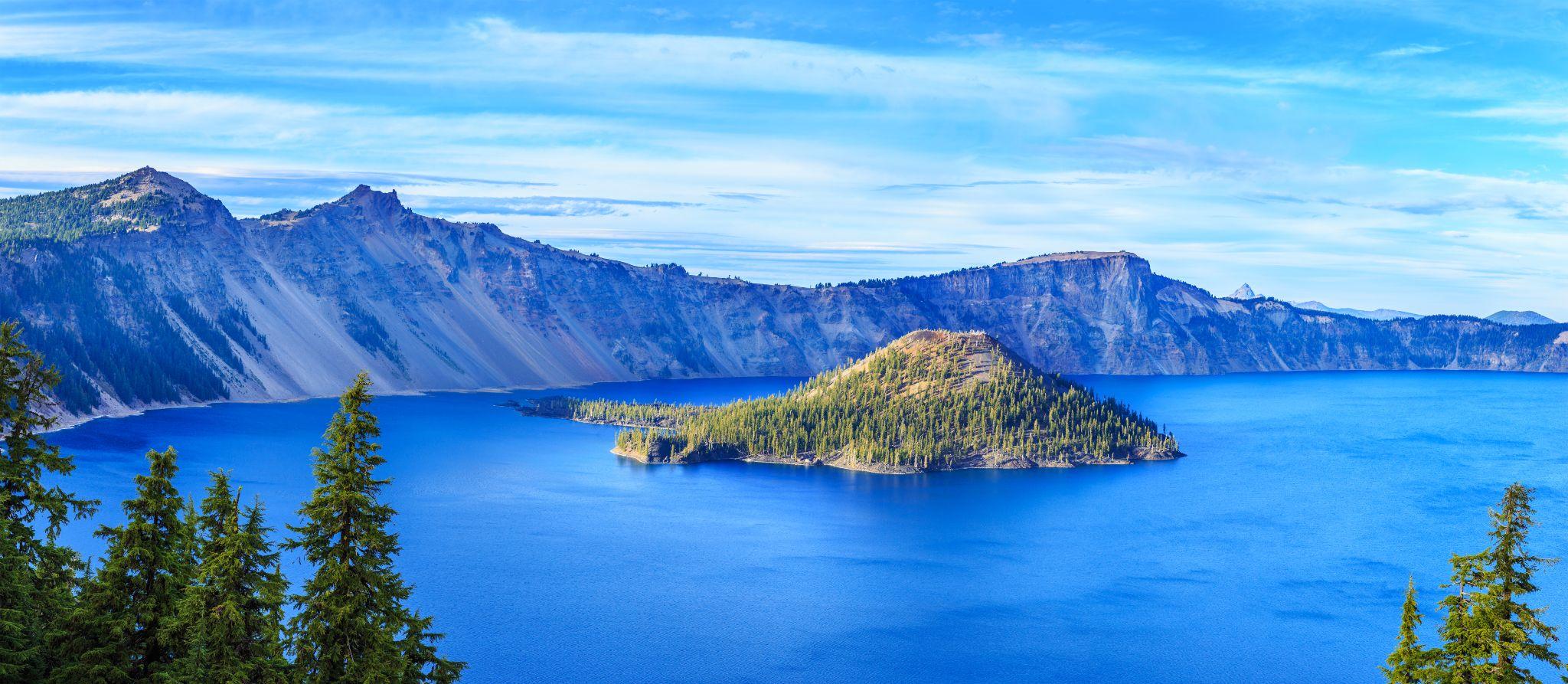
Brief History
Crater Lake National Park, located in southern Oregon, is known for its stunningly blue lake, formed over 7,000 years ago by the collapse of a volcanic mountain called Mount Mazama. Due to this collapse, it is the deepest lake in the nation.
Before the arrival of European settlers, the area around Crater Lake was home to several Native American tribes, including the Klamath people. The Klamath had their own legends and stories about the lake, which they called “giiwas” or “hole in the ground.”
In the late 1800s, explorers and settlers began to visit the area, and many early visitors recognized the beauty and unique characteristics of the lake. In 1902, President Theodore Roosevelt signed legislation creating Crater Lake National Park, which became the nation’s sixth national park.
In addition to its natural beauty, the park is rich in cultural history. The park also has several historic buildings and structures, including the Crater Lake Lodge, built in 1915 and now a National Historic Landmark.
The park is also the fifth oldest of the national parks in the nation, established in 1902, and it is Oregon’s only National Park.
Ideas for the Area
Scenic Drives: The park offers several scenic drives that provide breathtaking views of the lake and surrounding landscape, including Rim Drive, which circles the lake and offers views from every angle.
Hiking: The park has over 90 miles of hiking trails that vary in difficulty and offer stunning views of the lake and surrounding mountains. Popular hikes include the Garfield Peak, Mount Scott Trail, Cleetwood Cove Trail, and the Wizard Island Summit Trail.
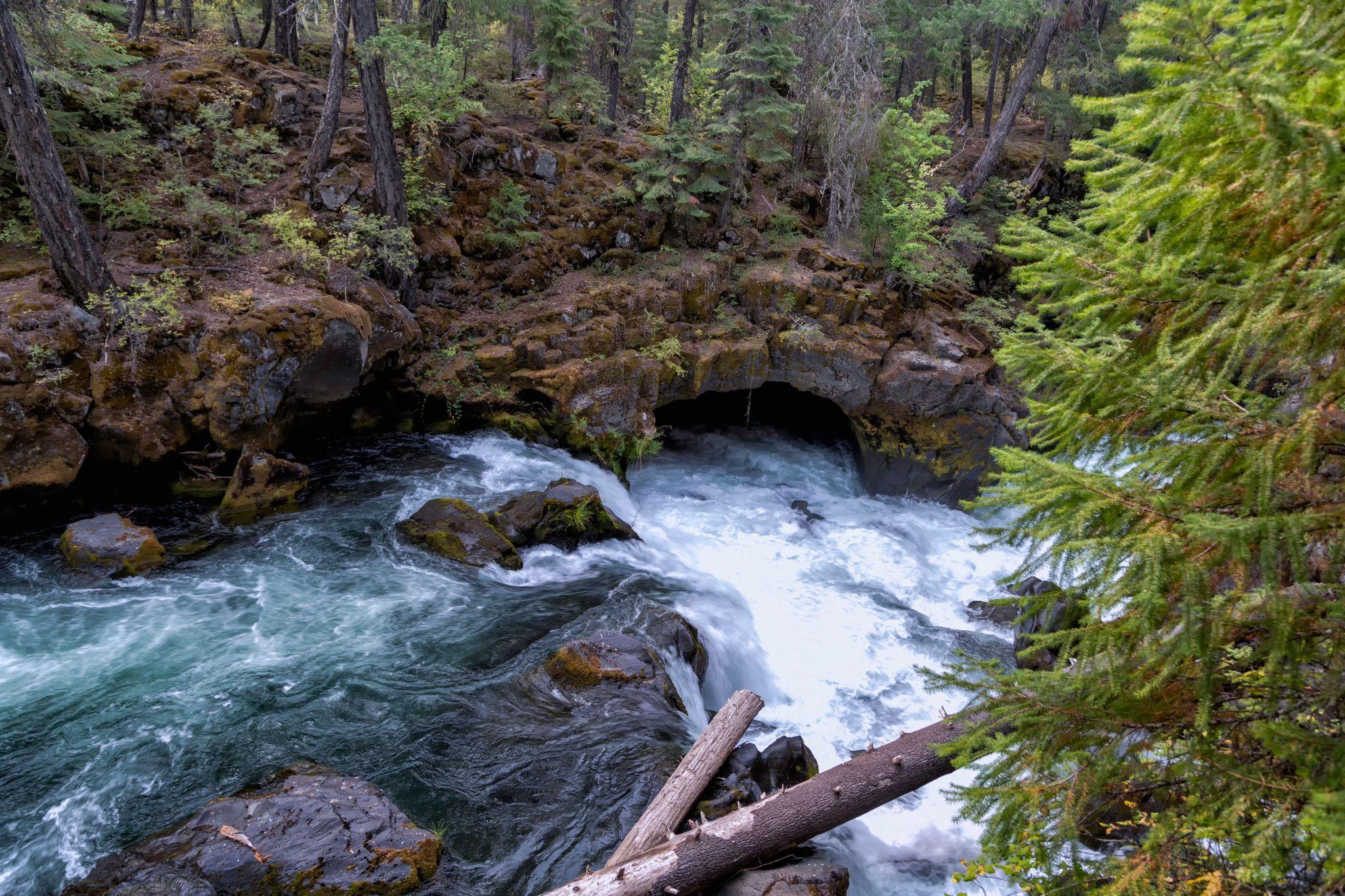
Boating and Fishing: Visitors can take a boat tour of the lake or rent a boat to explore on their own. Fishing is also permitted in the lake, and it is home to Kokanee Salmon and Rainbow Trout.
Winter Sports: In the winter, the park is a popular destination for cross-country skiing, snowshoeing, and snowmobiling.
Camping: The park offers several campgrounds, including the popular Mazama Campground, which is located near the lake.
Ranger-Led Programs: The park offers a variety of ranger-led programs, including guided hikes, talks, and evening programs. Take some time to enjoy a Crater Lake tour.
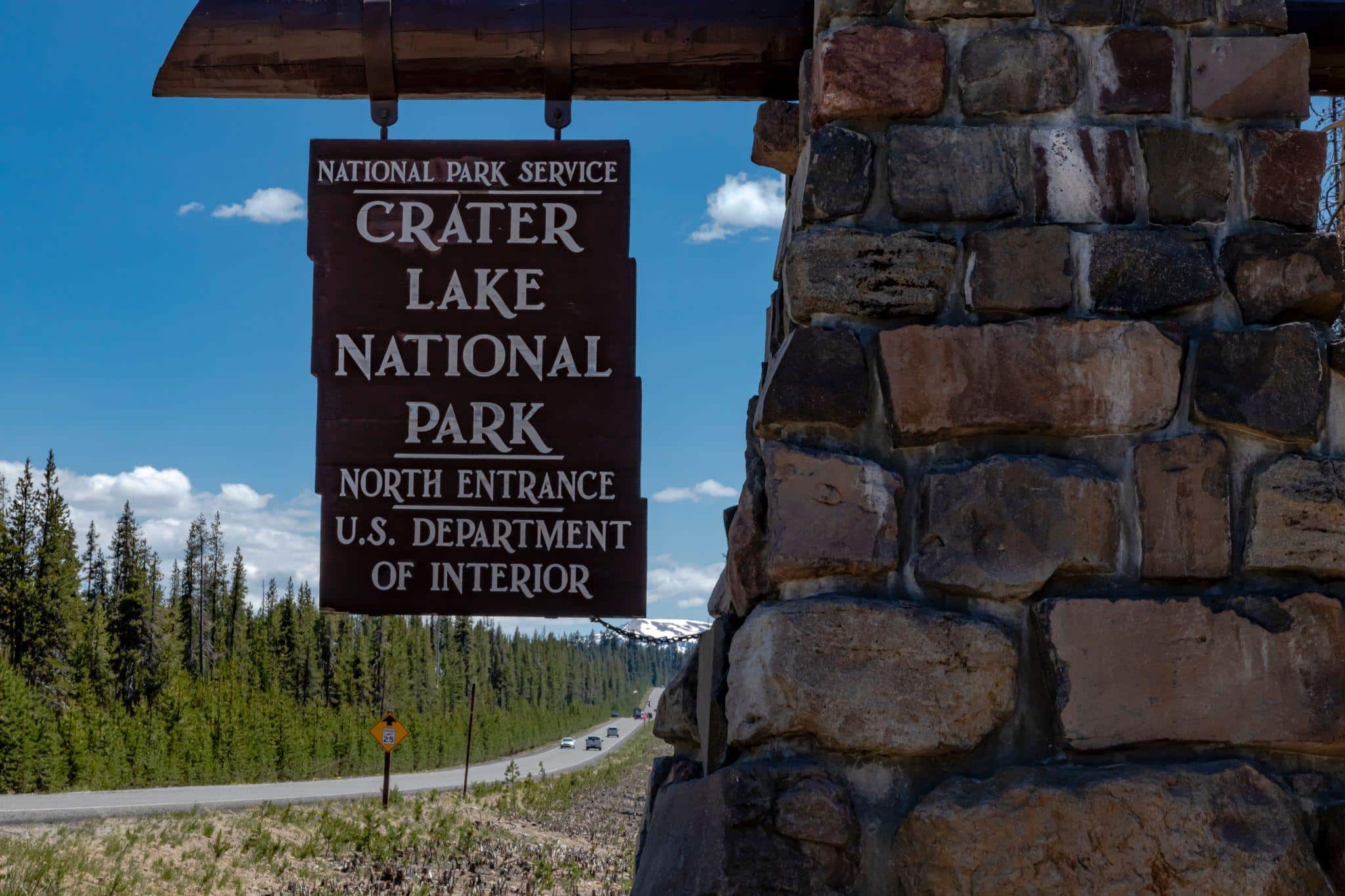
Photography: The park’s stunning scenery provides endless opportunities for photography, whether you’re capturing the vibrant blue of the lake or the rugged beauty of the surrounding mountains. And don’t forget your national parks pass.
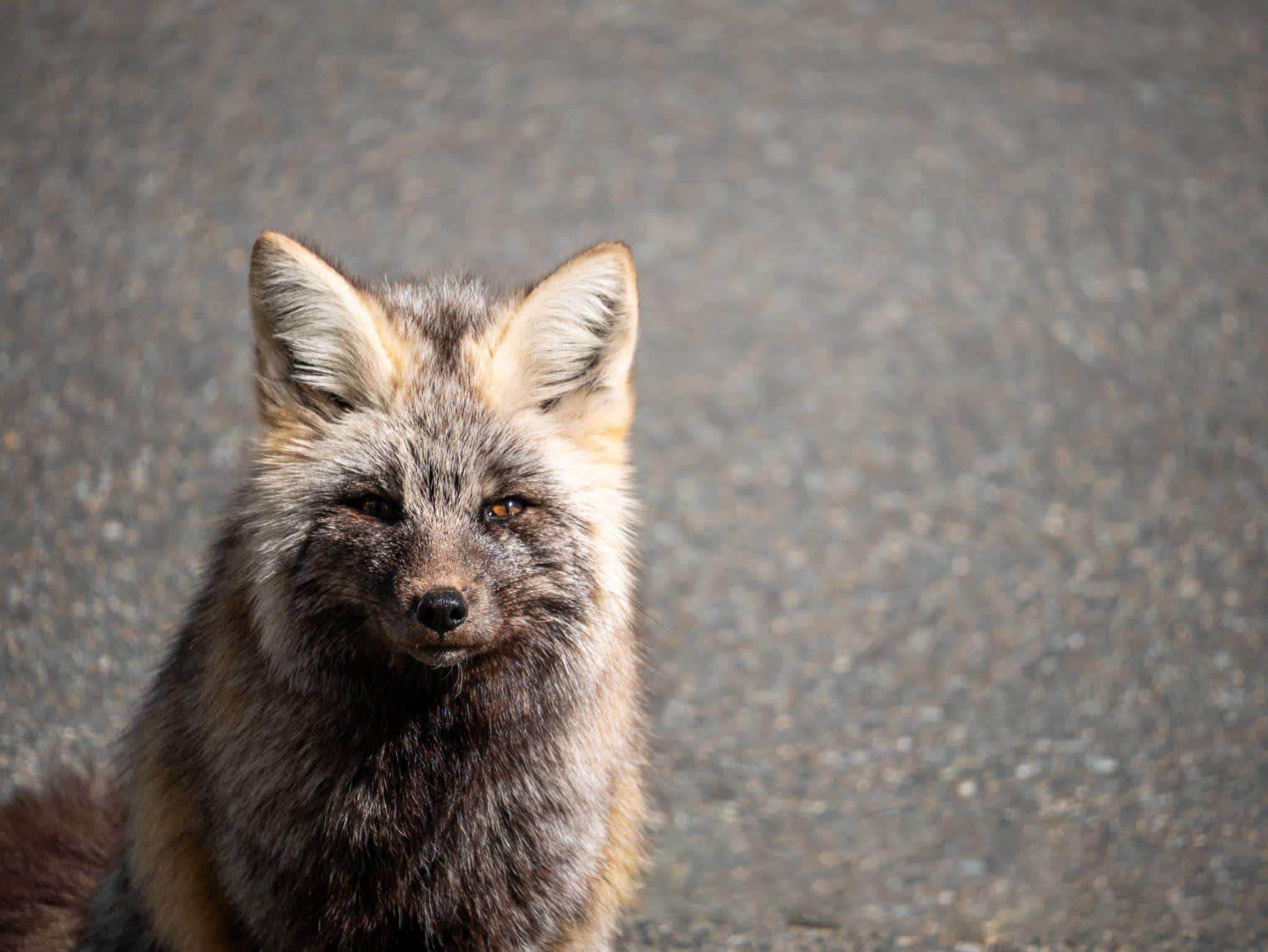
Note: Before visiting Crater Lake, check with the Crater Lake National Park Service for their operating hours during your visit there. During the winter months, several closures can limit your access to various sites around the park.
Mount Hood
Brief History
Mount Hood is a dormant volcano in the Cascade Range of northern Oregon. It is the tallest mountain in the state, with an elevation of 11,249 feet (3,429 meters). The mountain has a rich history that spans thousands of years.
For many Native American tribes in the area, Mount Hood was considered a sacred place. Different names, such as Wy’east, Pahto, and Klickitat, knew the mountain. These tribes highly regarded the mountain and incorporated it into their creation stories and spiritual beliefs.
In the mid-1800s, European explorers and settlers began to arrive in the area, and the mountain was named after the British admiral Samuel Hood. The first recorded ascent of the mountain was in 1857, and by the early 20th century, the mountain had become a popular destination for mountaineers and outdoor enthusiasts.
Today, Mount Hood is home to several ski resorts and is a popular destination for winter sports, such as skiing, snowboarding, and snowshoeing. The mountain is also surrounded by the Mount Hood National Forest, which offers a variety of recreational opportunities, including hiking, camping, fishing, and mountain biking.
Ideas for the Area
Skiing and Snowboarding: Mount Hood is home to several ski resorts, including Timberline Lodge, Ski Bowl, and Mt Hood Meadows. These resorts offer a variety of terrain for skiers and snowboarders of all levels.
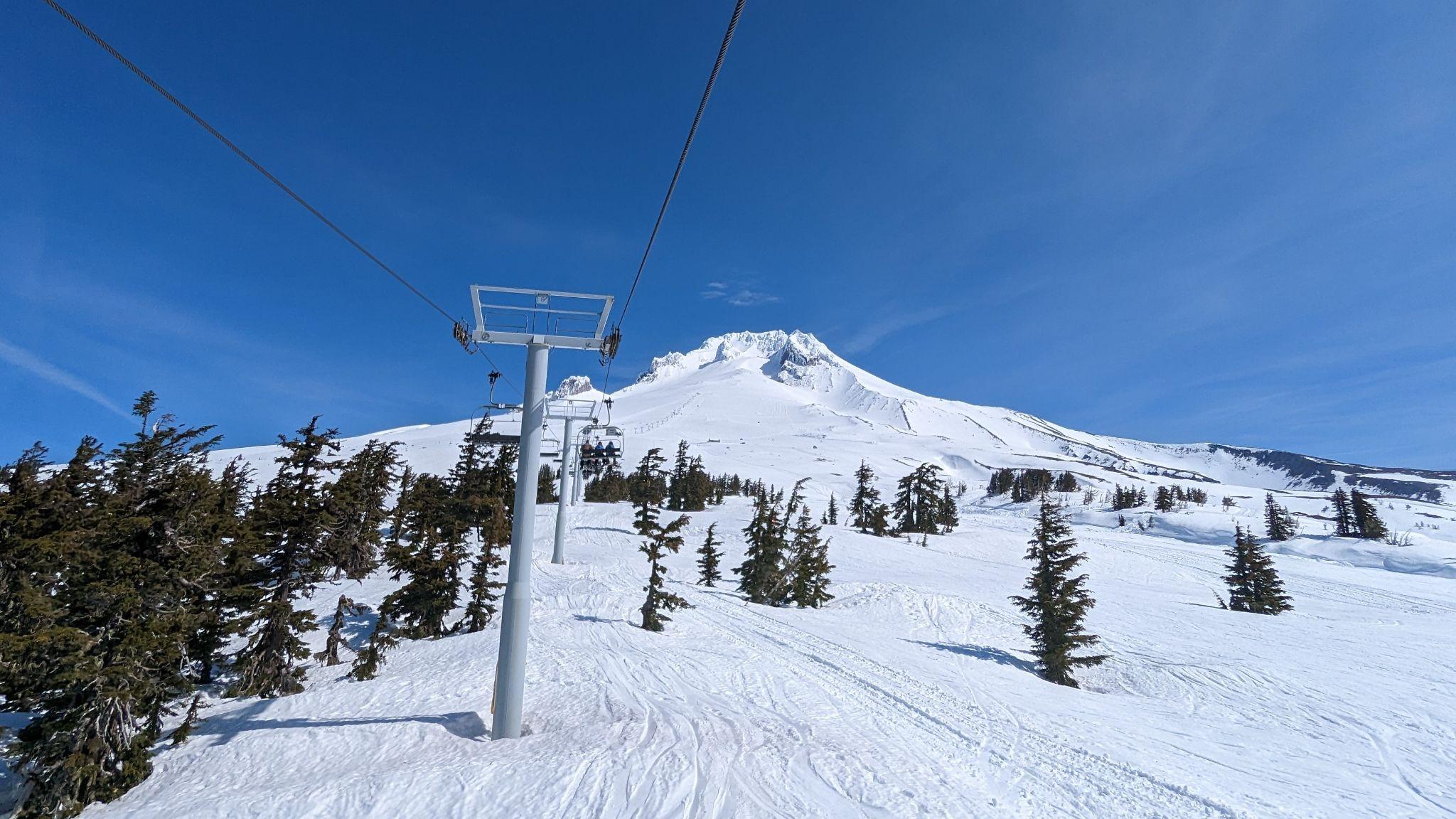
Hiking and Climbing: Mount Hood offers numerous hiking and climbing opportunities, including the famous Timberline Trail, which circumnavigates the mountain. Climbers can attempt to summit the mountain via several routes, including the South Side Route.
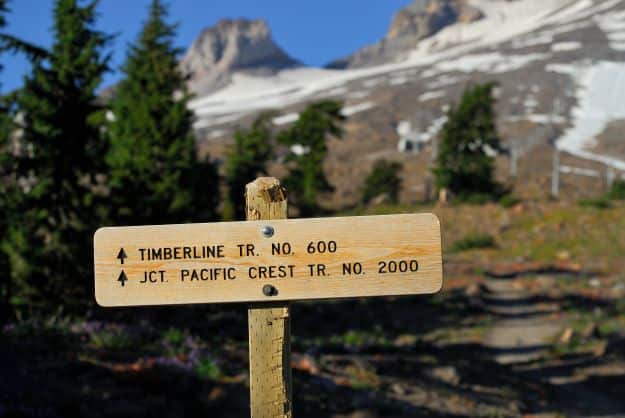
Mountain Biking: Mount Hood offers several mountain biking trails, including the Sandy Ridge Trail System, which offers over 15 miles of singletrack trails.
Fishing: The mountain is home to several rivers and streams that offer excellent fishing opportunities for trout and salmon.
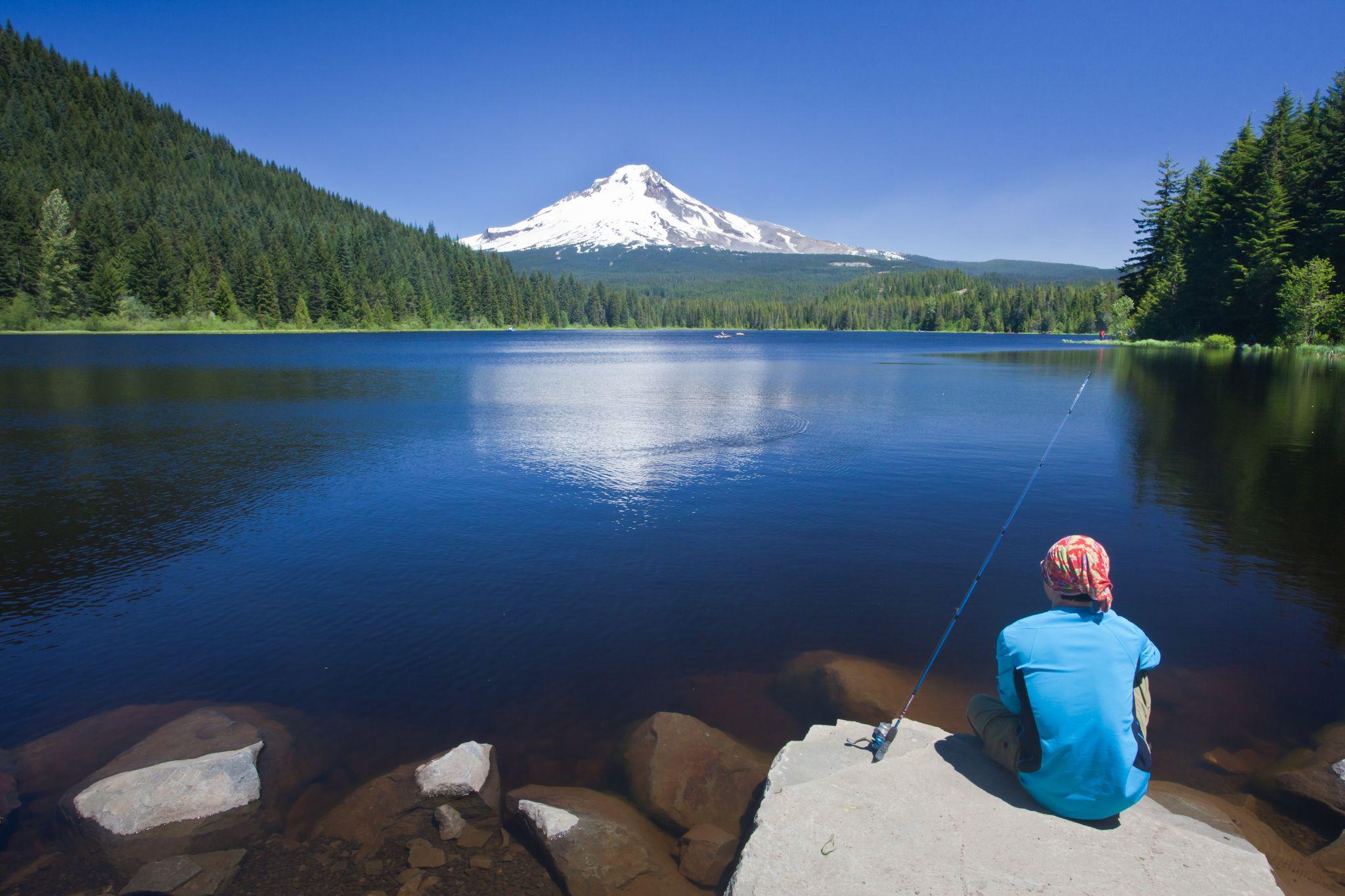
Camping: The mountain offers several campgrounds with stunning views, including the popular Trillium Lake Campground, just one of many magnificent lakes in the area.
Scenic Drives: The Mount Hood Scenic Byway is a 105-mile route that offers stunning views of the mountain and surrounding landscape, making it one of the best scenic byways we’ve driven along. Just make sure to drive through Government Camp and stop for a famous maple bar from Huckleberry Inn. If you are a history buff, be sure to stop at some historic stops along the Oregon Trail.
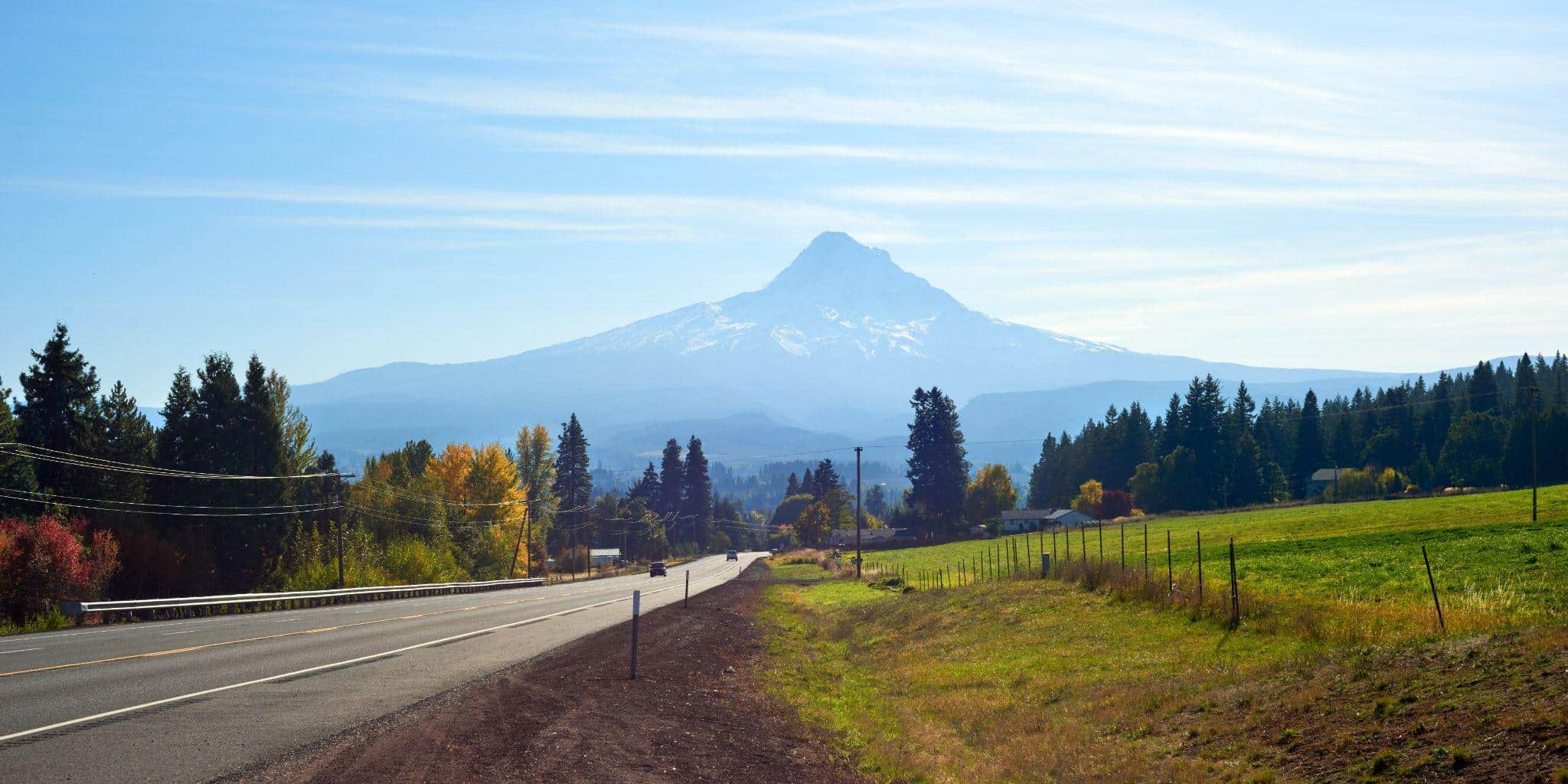
Photography: The mountain’s stunning scenery provides endless opportunities for photography, whether you’re capturing the mountain’s rugged slopes, wildflowers, or the mountain reflection in a nearby lake.
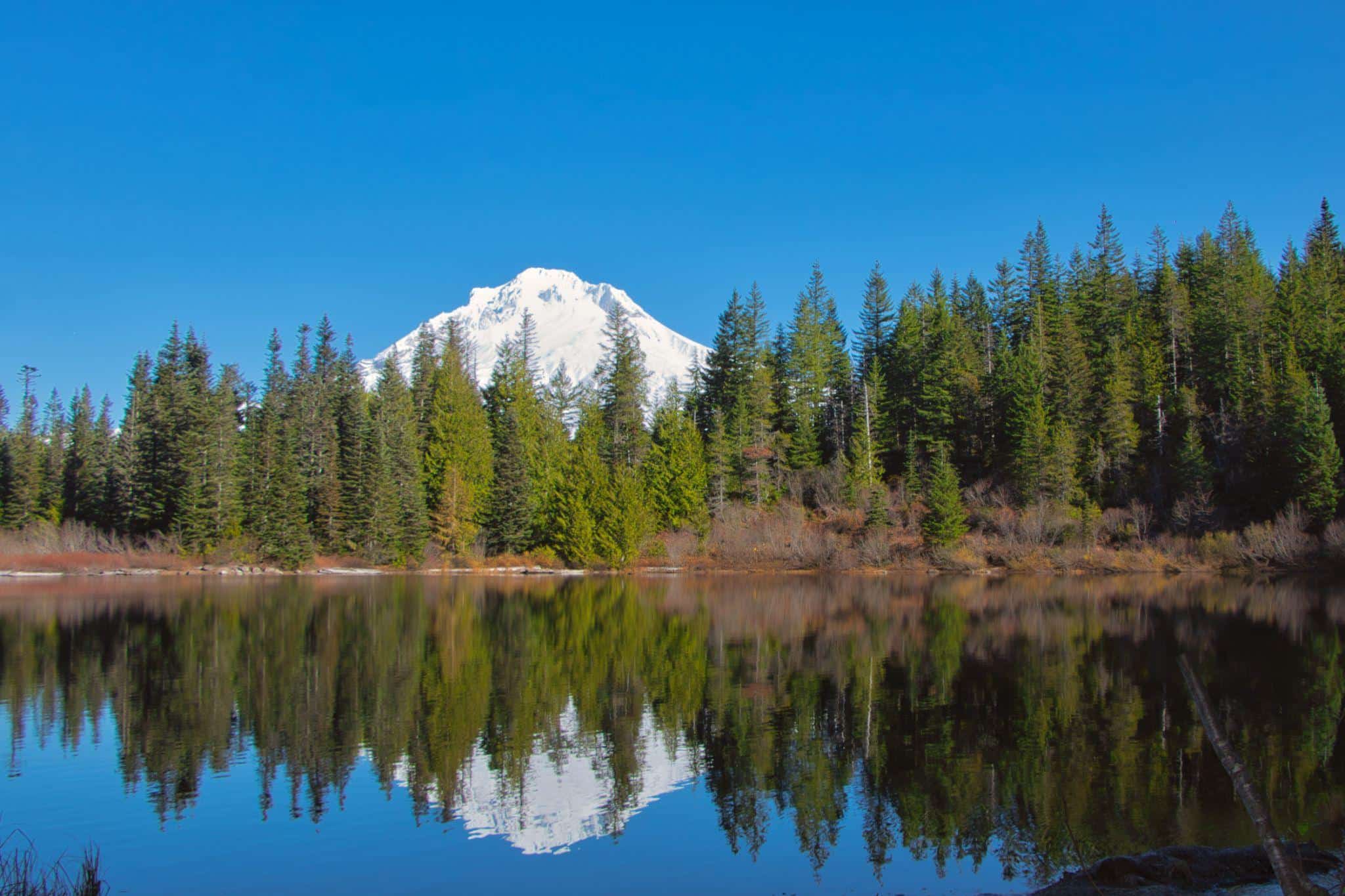
Mirror Lake
Columbia River Gorge
Brief History
The Columbia River Gorge is a scenic canyon that stretches for over 80 miles along the Columbia River, which forms the border between the states of Oregon and Washington. The gorge was created over millions of years by combining volcanic activity, erosion, and flooding.
For thousands of years, the Columbia River Gorge was home to various Native American tribes, who used the river for fishing, transportation, and trade. The region was a vital center of trade and commerce, with tribes from as far away as the Pacific Coast and the Great Plains traveling to the area to exchange goods.
In the late 1700s and early 1800s, European explorers and traders began to arrive in the area, including the famous Lewis and Clark Expedition, which passed through the Columbia River Gorge in 1805.
The arrival of settlers in the region led to conflicts with the Native American tribes, and in 1855, the tribes were forced to sign treaties ceding their lands to the United States government.
Throughout the late 1800s and early 1900s, the Columbia River Gorge became a vital transportation corridor by constructing railroads, highways, and dams. The construction of the Bonneville Dam in the 1930s helped transform the region’s economy, providing hydroelectric power and irrigation for agriculture.
Today, the Columbia River Gorge is a popular destination for tourists and outdoor enthusiasts, offering various recreational activities, including hiking, camping, fishing, and windsurfing. The area is also home to several state parks and scenic viewpoints, such as Multnomah Falls and Crown Point, which offer stunning views of the canyon and the Columbia River.
Ideas for the Area
Scenic Drives: The Historic Columbia River Highway and the Columbia River Gorge Scenic Byway offer stunning views of the river, cascading waterfalls, and the surrounding landscape.
Hiking: The Gorge is home to over 90 miles of hiking trails, including the famous Eagle Creek Trail, which leads to several waterfalls, and the Pacific Crest Trail, which runs through the region.
Photo of eagle creek
Waterfalls: The Gorge is known for its many waterfalls, including Multnomah Falls, Horsetail Falls, and Wahclella Falls. You can visit the waterfalls on a hike or view them nearby.
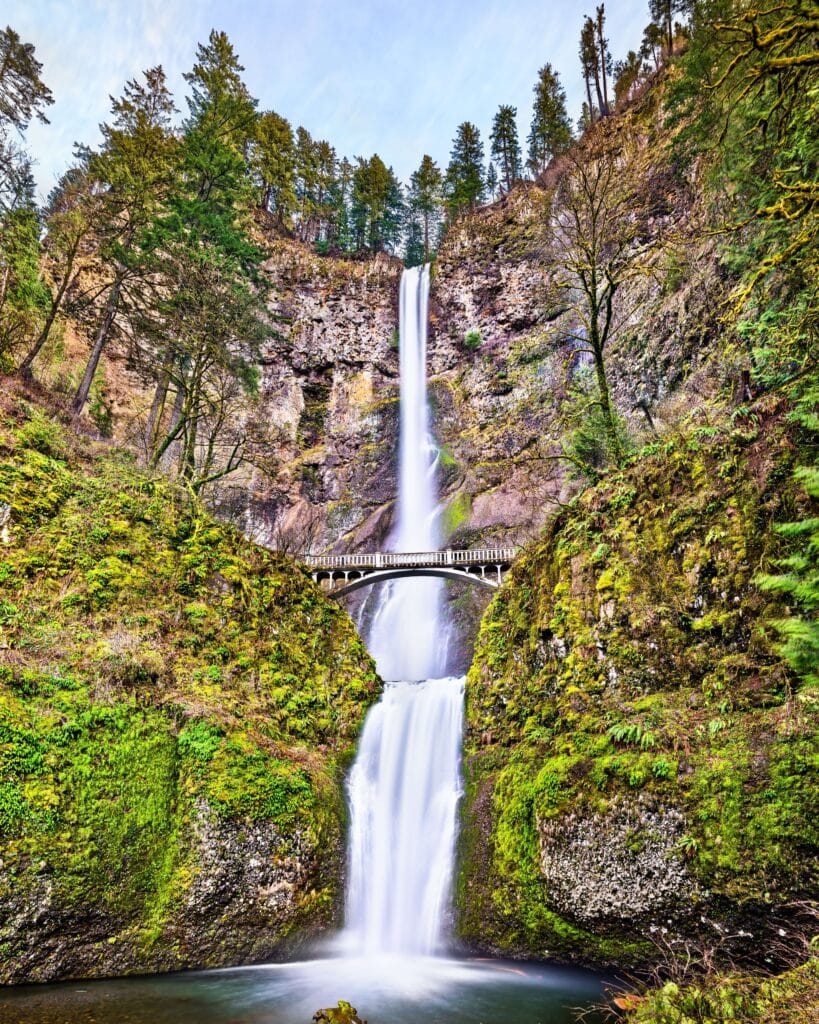
Windsurfing and Kiteboarding: The Gorge is one of the best places in the world for windsurfing and kiteboarding, with consistent winds and flat water. Several rental shops and schools offer lessons and equipment.
Wineries: The region has several wineries and vineyards, including those in the Hood River Valley and the Columbia Gorge AVA. Many offer tastings and tours.
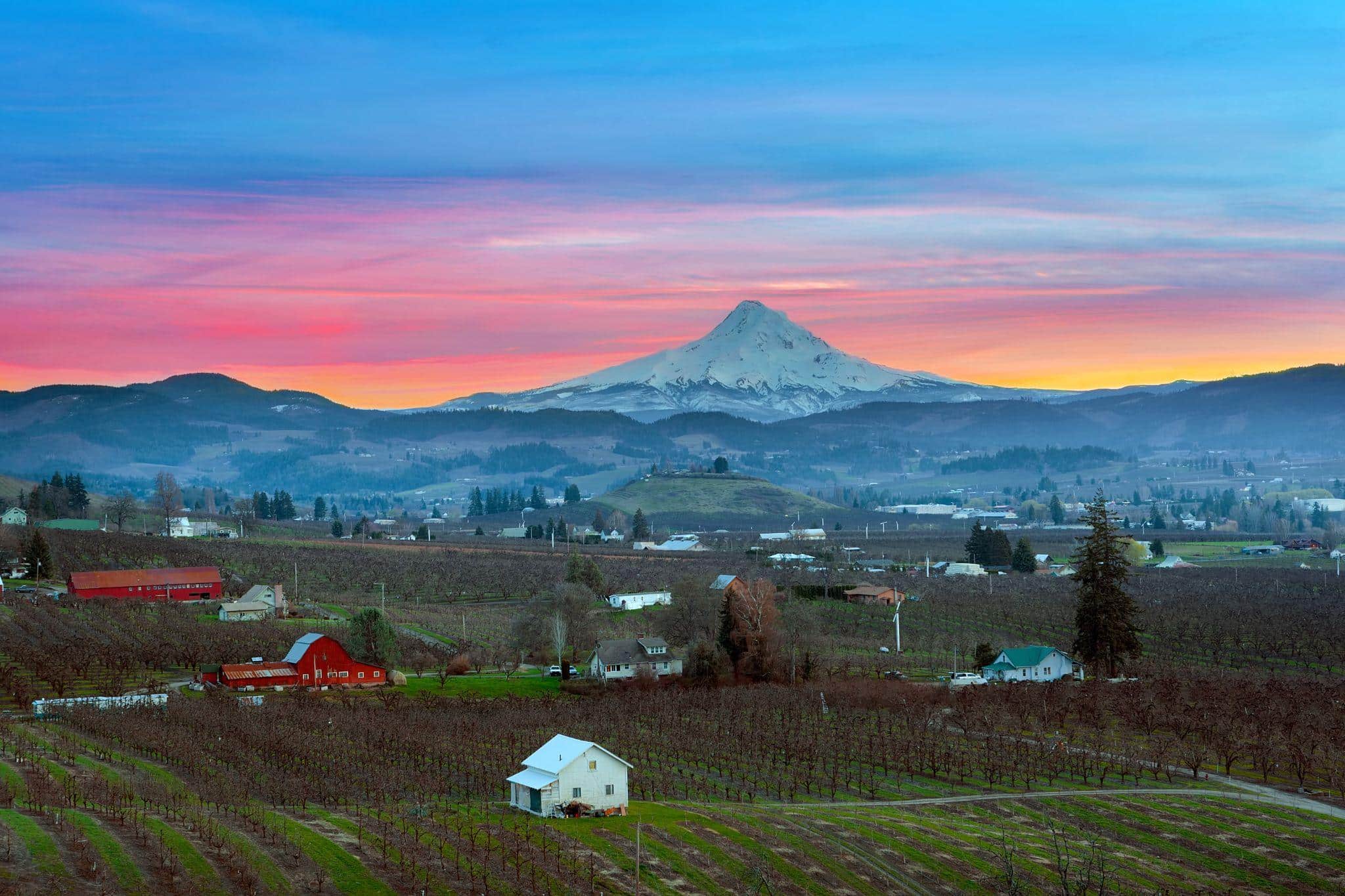
Fruit Picking: The Hood River Valley is known for its orchards and fruit, including apples, pears, and cherries. Visitors can pick their fruit and enjoy the scenic surroundings. Take a drive along the Hood River Fruit Loop.
Museums and Historic Sites: The Gorge has a rich history. Visitors can learn about it at museums and historic sites, including the Columbia Gorge Discovery Center and Museum and the Bonneville Lock and Dam.
Lodging: If you need a place to overnight and prefer hotels to camping, then you must book a stay at Slamania Lodge, located just outside Stevenson, Washington, and across the river from Cascade Locks, Oregon. Check them out and book a stay.
Photo skamania lodge
Painted Hills
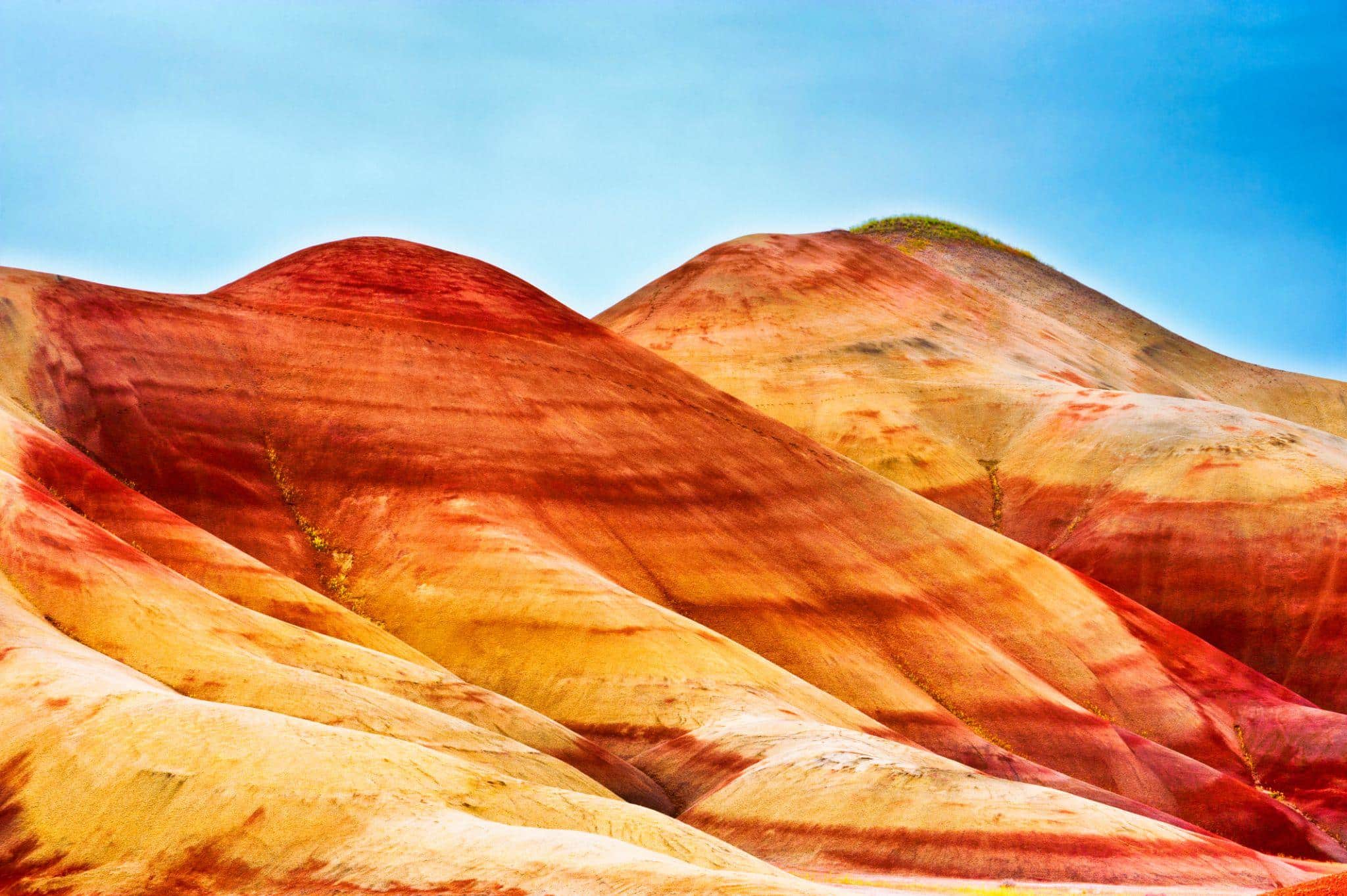
Brief History
The Painted Hills, located in the Wheeler County of Oregon, is a geological wonder that dates back millions of years. The hills are part of the John Day Fossil Beds National Monument, which preserves various fossils from different periods of Earth’s history.
The Painted Hills are formed of layers of volcanic ash deposited over millions of years. The ash contains oxidized and weathered minerals, creating a colorful landscape of red, orange, gold, and black stripes. The colors vary depending on the time of day, weather conditions, and the sun’s angle.
The area was first discovered by European explorers and settlers in the mid-19th century, but it was known to Native American tribes long before. The indigenous people who lived in the area, such as the Wasco, Paiute, and Umatilla, had their own legends and stories about the hills.
The Painted Hills became part of the John Day Fossil Beds National Monument in 1975. It has since become a popular destination for visitors who come to marvel at the unique beauty of this natural wonder.
Ideas for the Area
Scenic Drives: The Painted Hills Unit offers a 3.5-mile scenic drive that takes you through the hills and offers stunning views of the colorful landscape. Be sure to check out Mitchell, a small Oregon town, originally gold mining settlements, the closest town to the Painted Hills. They’ll have lodging and unique businesses for you to enjoy.
Hiking: The Painted Hills Unit offers several hiking trails, including the Painted Cove Trail, Painted Hills Overlook Trail, and the Carroll Rim Trail, which offer views of the hills and surrounding area.
Photography: The best Painted Hills trails offer endless opportunities for photography with their vibrant red, orange, and gold colors.
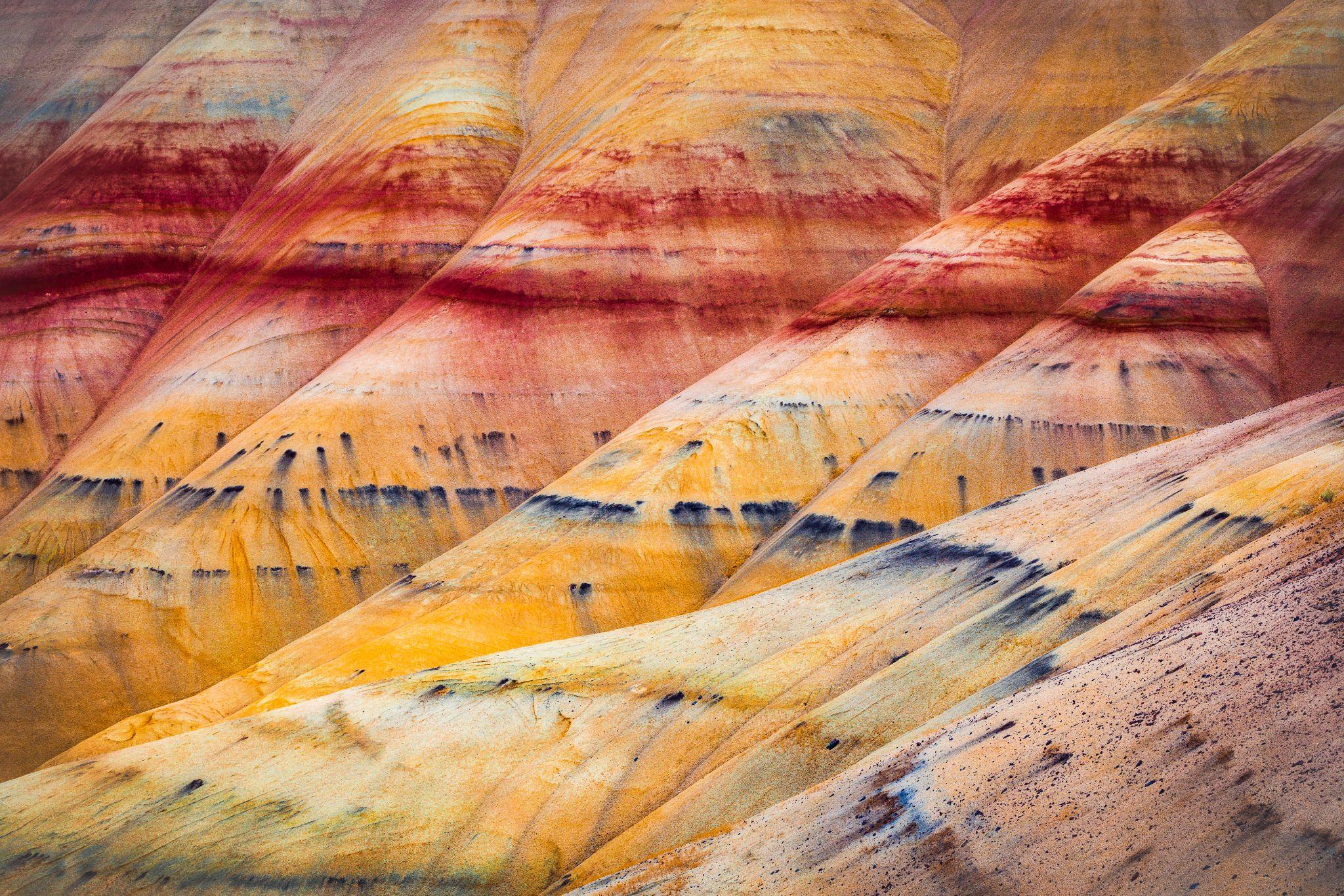
Interpretive Programs: The park offers several interpretive programs, including ranger-led talks and walks along the wooden boardwalk and a Junior Ranger program for kids.
Fossil Hunting: The John Day Fossil Beds National Monument is known for its fossil deposits, and visitors can hunt for fossils at several designated sites.
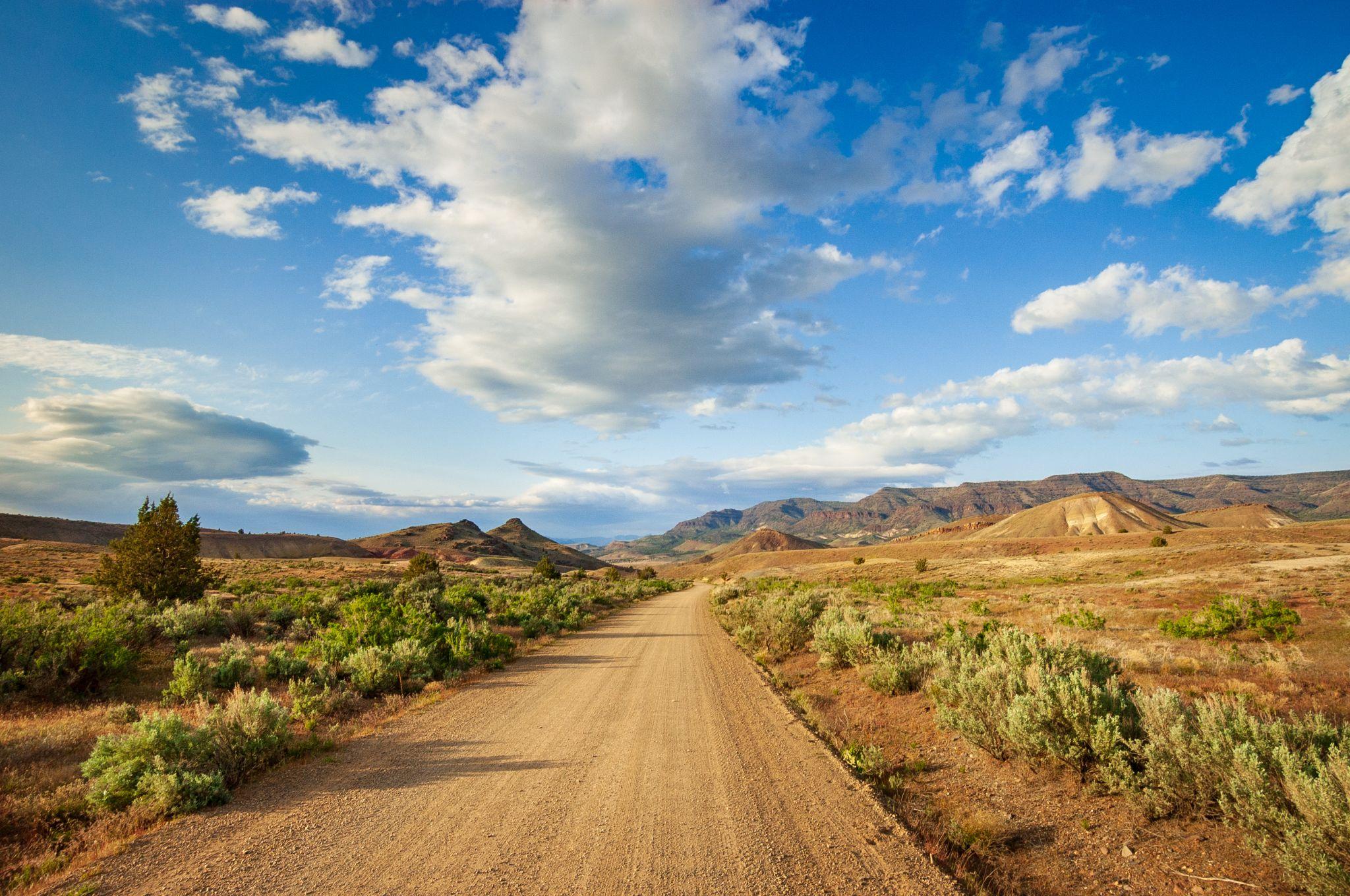
Nearby Attractions: The Painted Hills are located near several other attractions, including the Sheep Rock Unit and the Clarno Unit of the John Day Fossil Beds National Monument.
The Painted Hills is a must-visit destination for anyone interested in geology, photography or just looking to experience a unique and stunning landscape.
Oregon Coast
Brief History
The coast is home to numerous charming towns and villages, as well as several state parks and natural areas.
The Oregon Coast has a rich history that dates back thousands of years and has been shaped by the forces of nature and the people who have lived and worked along its shores.
For many Native American tribes in the area, including the Chinook, the Oregon Coast was an essential source of food and resources. The region played an important role in their cultural traditions and spiritual beliefs.
In the late 1700s, the Oregon Coast was explored by European and American explorers, who were looking for new trade routes and territories to claim. The area was eventually settled by pioneers and fishermen who established small communities and ports along the coast.
During World War II, the Oregon Coast played a vital role in the war effort. The region was home to several military bases and facilities, including the Tillamook Air Museum and the Port Orford Naval Station.
Today, the Oregon Coast is a popular destination for tourists and visitors, offering various recreational opportunities, including beachcombing, hiking, fishing, whale watching, and more. Oregon’s coastline stretches for more than 360 miles. It offers stunning views of the Pacific Ocean. It is home to several small towns and communities, each with its own unique history and culture, many of which have preserved their historic buildings and landmarks.
Ideas for the Area
Scenic Drives: The Pacific Coast Highway Scenic Byway offers stunning views of the coastline and the ocean, with numerous pullouts and scenic viewpoints along the craggy cliffs of the Oregon Coast.
Beachcombing: The Oregon Coast is home to numerous beaches, offering opportunities for beachcombing, tide pooling, and beach bonfires.
Whale Watching: The Oregon Coast is a popular spot for whale watching, particularly during the winter and spring when gray whales migrate along the coast.
Hiking: The coast offers numerous hiking trails, including the Cape Lookout Trail, the Cascade Head Trail, and the Cape Perpetua Trail, offering stunning coastline views.
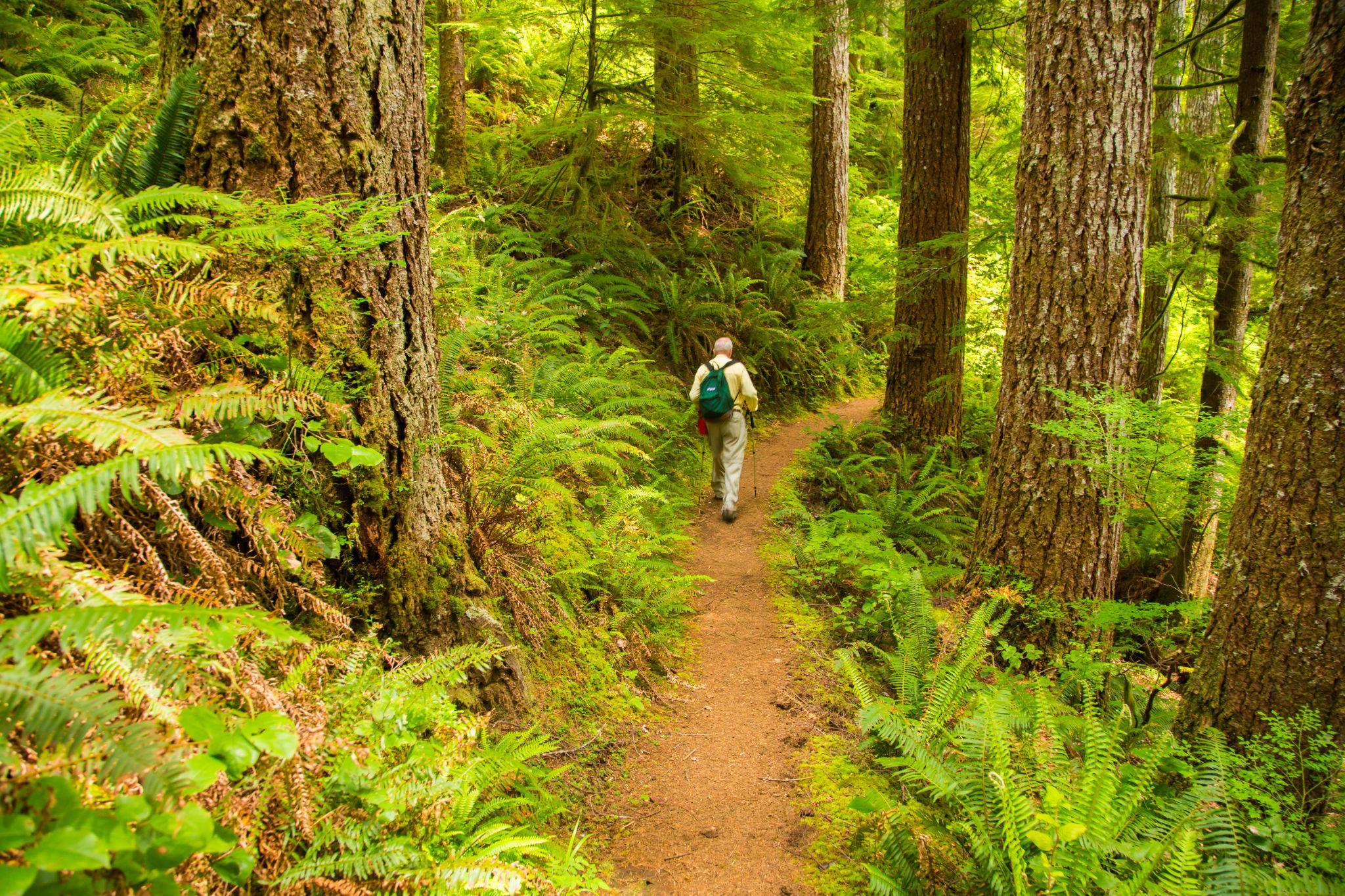
Sea Kayaking: Several outfitters offer sea kayaking tours along the coast, allowing visitors to explore sea caves, rock formations, and wildlife.
Lighthouse Tours: The Oregon Coast has several historic lighthouses, including the Yaquina Head Lighthouse and the Cape Meares Lighthouse, which offer tours and stunning views.
Dining and Shopping: The coast offers numerous restaurants and shops, particularly in the charming seaside towns of Cannon Beach, Newport, and Florence.
State Parks: The Oregon Coast has several state parks, including Cape Kiwanda State Natural Area, Oswald West State Park, and Shore Acres State Park, offering hiking trails, beach access, and stunning scenery.
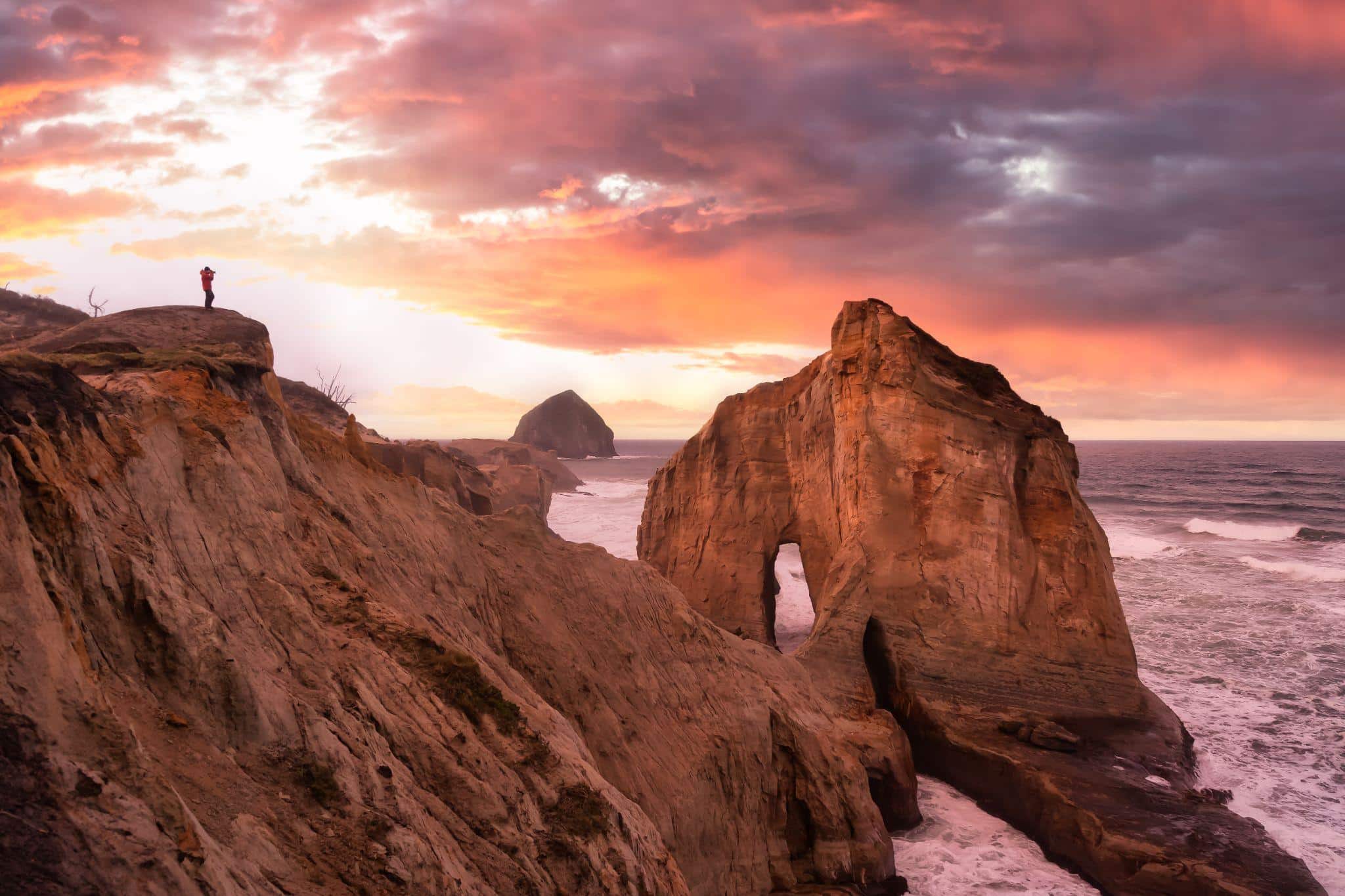
Destinations Along Your Oregon Coast Road Trip
Northern Coast
Astoria: Astoria is a charming city on the northwest coast of Oregon, known for its picturesque waterfront, Victorian architecture, and rich maritime history. It is also a popular destination for outdoor enthusiasts, offering easy access to hiking, fishing, and kayaking opportunities in the surrounding area.
Seaside: Seaside is a scenic coastal town in northwest Oregon, known for its long sandy beaches, charming promenade, and amusement park. With a wide range of outdoor activities, family-friendly attractions, and great dining options, it’s a popular destination for tourists and locals alike.
Cannon Beach: This charming coastal town is famous for its stunning beach with Haystack Rock, an iconic rock formation that rises from the water.

Tillamook Cheese Factory: The Tillamook Cheese Factory is a popular destination for cheese lovers, offering tours, samples, and a gift shop.
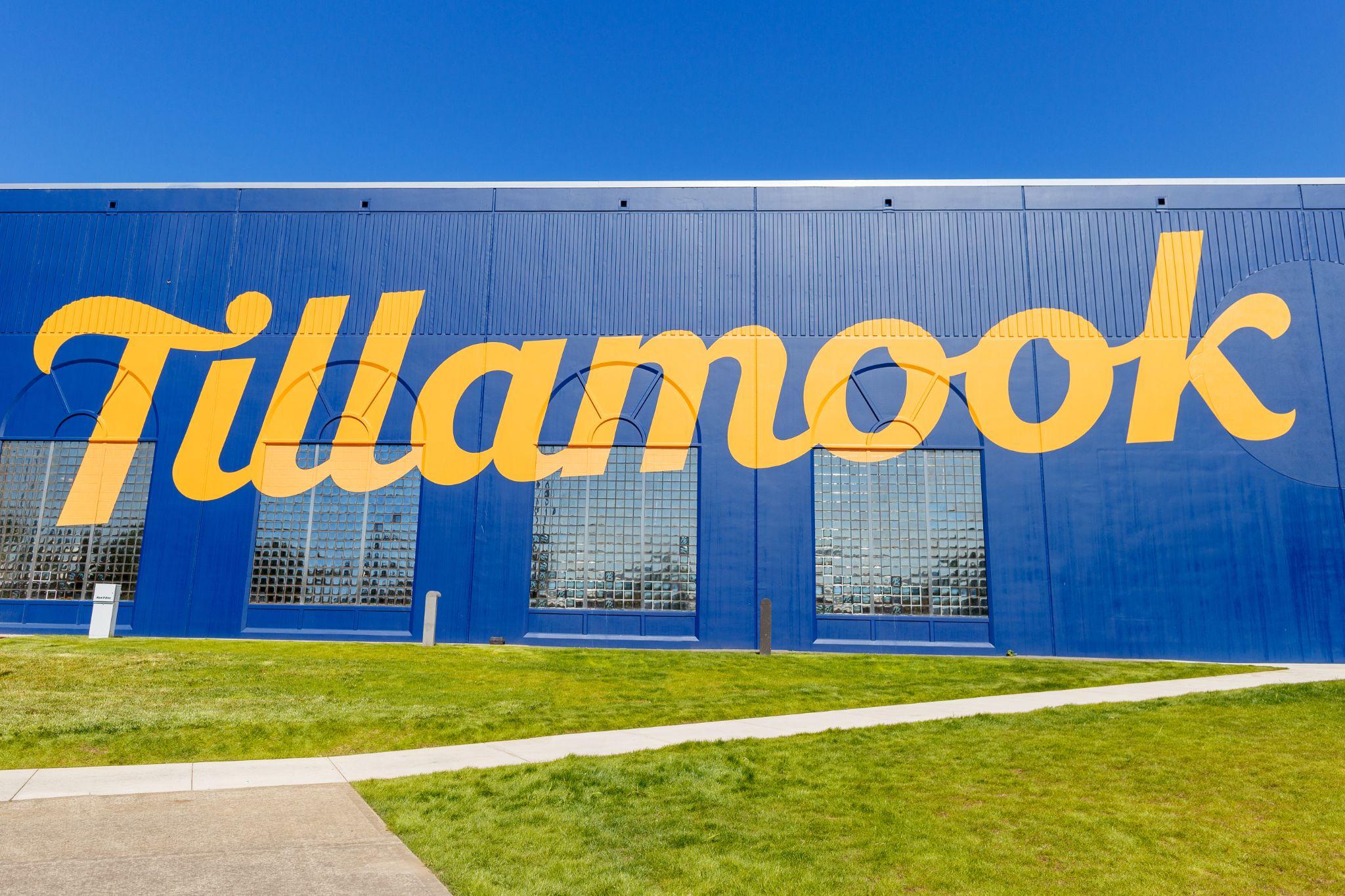
Pacific City: Your road trip will not be complete without a stop at Haystack Rock in Pacific City. Plus, if you are lucky, you’ll witness one of the many dory boats coming back in; it is a sight to see.
Depoe Bay: This small town is known for its whale-watching opportunities, with several tour operators offering boat trips to see gray whales and other marine life.
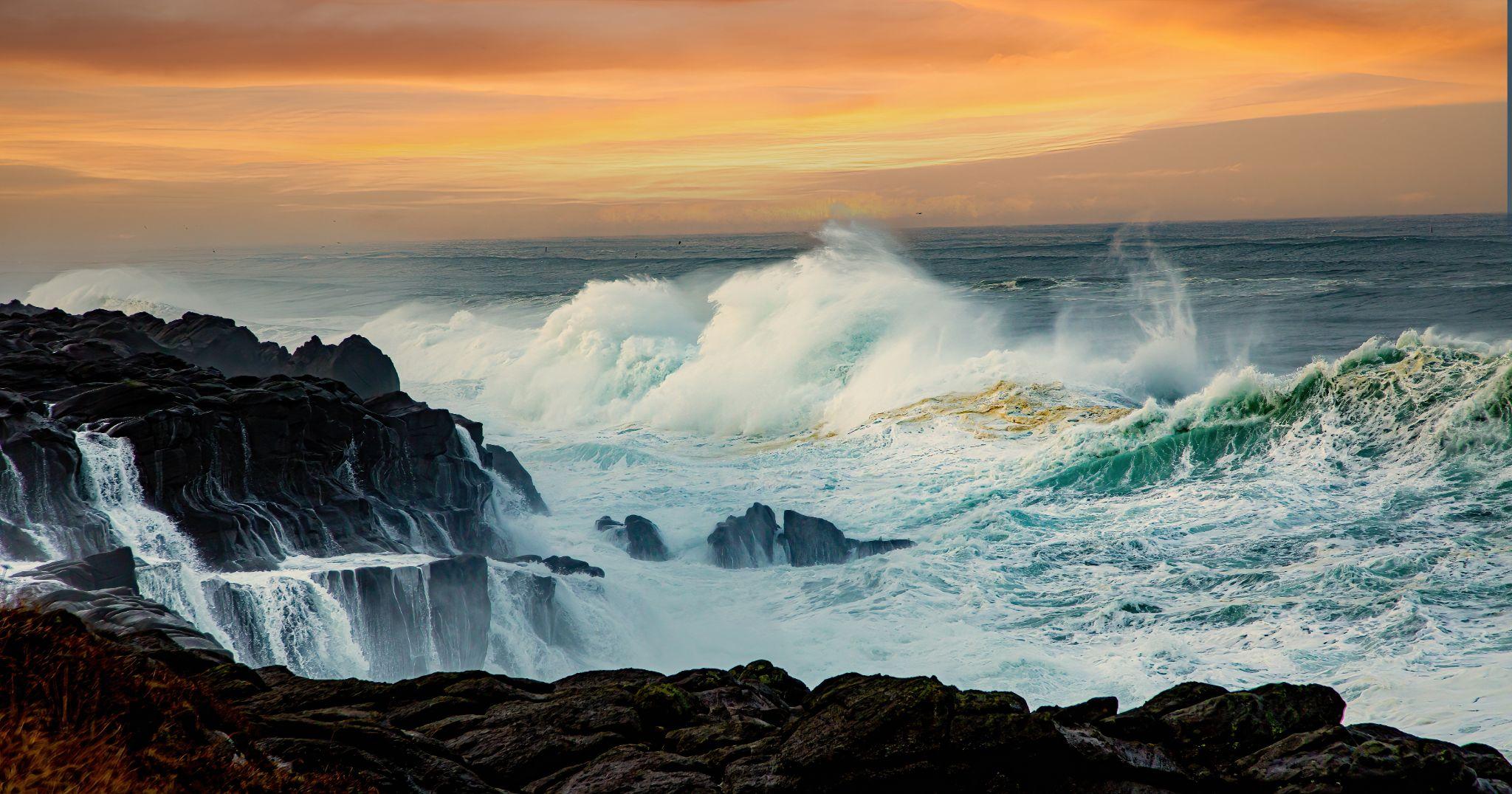
Central Coast
Devils Punchbowl State Natural Area: This unique geological formation is a large bowl-shaped hollow carved out of the rocks by the ocean. It’s located south of Depoe Bay and offers stunning coastline views.
Yaquina Head Lighthouse: This historic lighthouse is perched on a rocky headland near Newport and offers stunning ocean and coastline views.
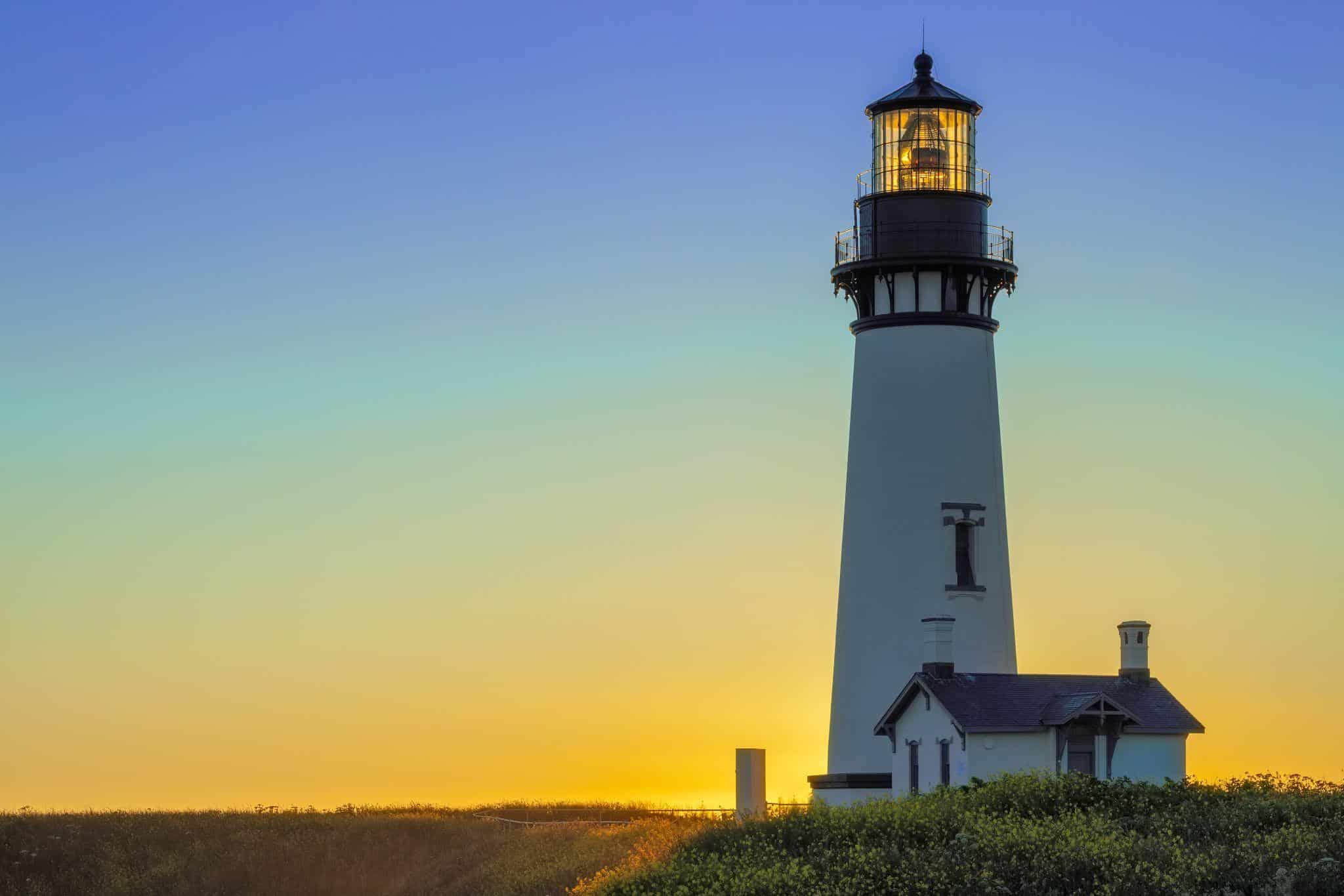
Newport: This charming coastal town offers a historic bayfront with shops, restaurants, and sea lions basking on the docks. It’s also home to the Oregon Coast Aquarium, with various marine life exhibits and activities.
Rogue Ales Brewery: This award-winning brewery in Newport offers tours, tastings, and a pub with ocean views.
Cape Perpetua Scenic Area: This scenic area offers stunning views of the coastline, with hiking trails, tidepools, and the famous Thor’s Well.
Heceta Head Lighthouse: This historic lighthouse is located north of Florence and offers tours and stunning coastline views.
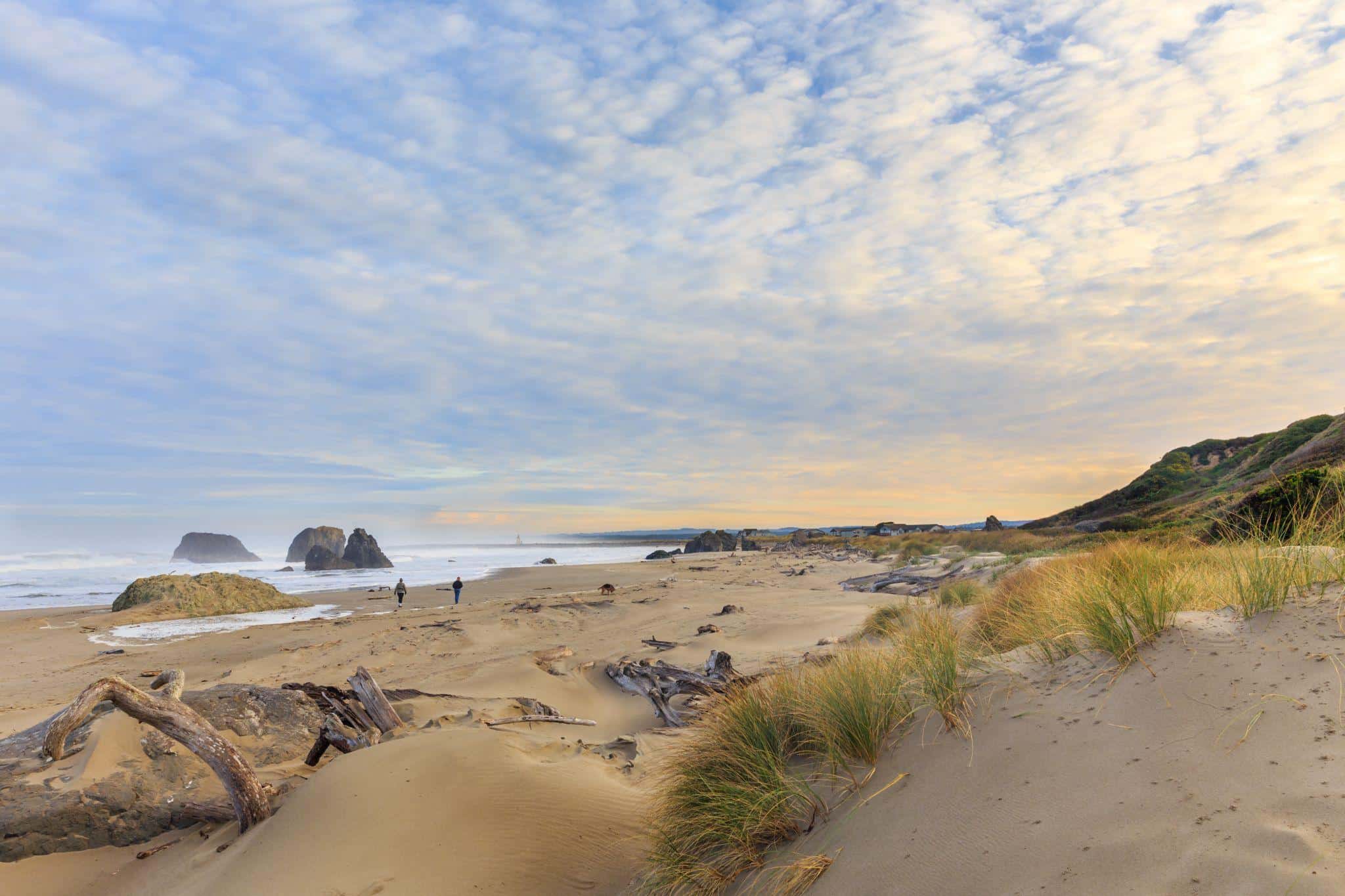
Cape Arago State Park: This park offers breathtaking views of the ocean and coastline, with tidepools, hiking trails, and opportunities for wildlife viewing.
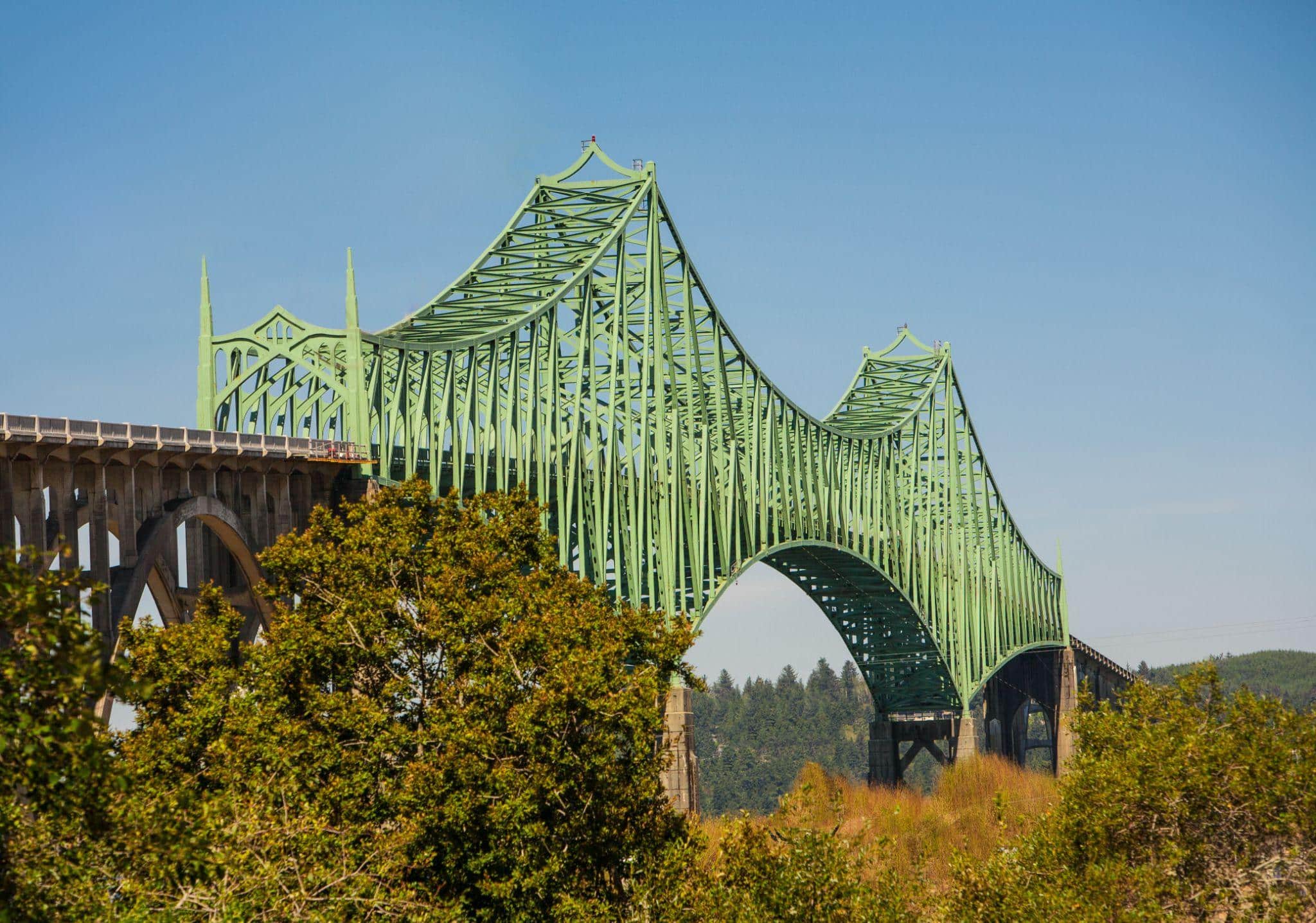
Oregon Coast Trail: This long-distance hiking trail follows the coastline for over 400 miles, offering stunning views and access to many coastal parks and attractions.
Oregon Dunes National Recreation Area: This is the largest coastal sand dunes in the United States and features miles of towering sand dunes that ATV, horseback, or on foot can explore.
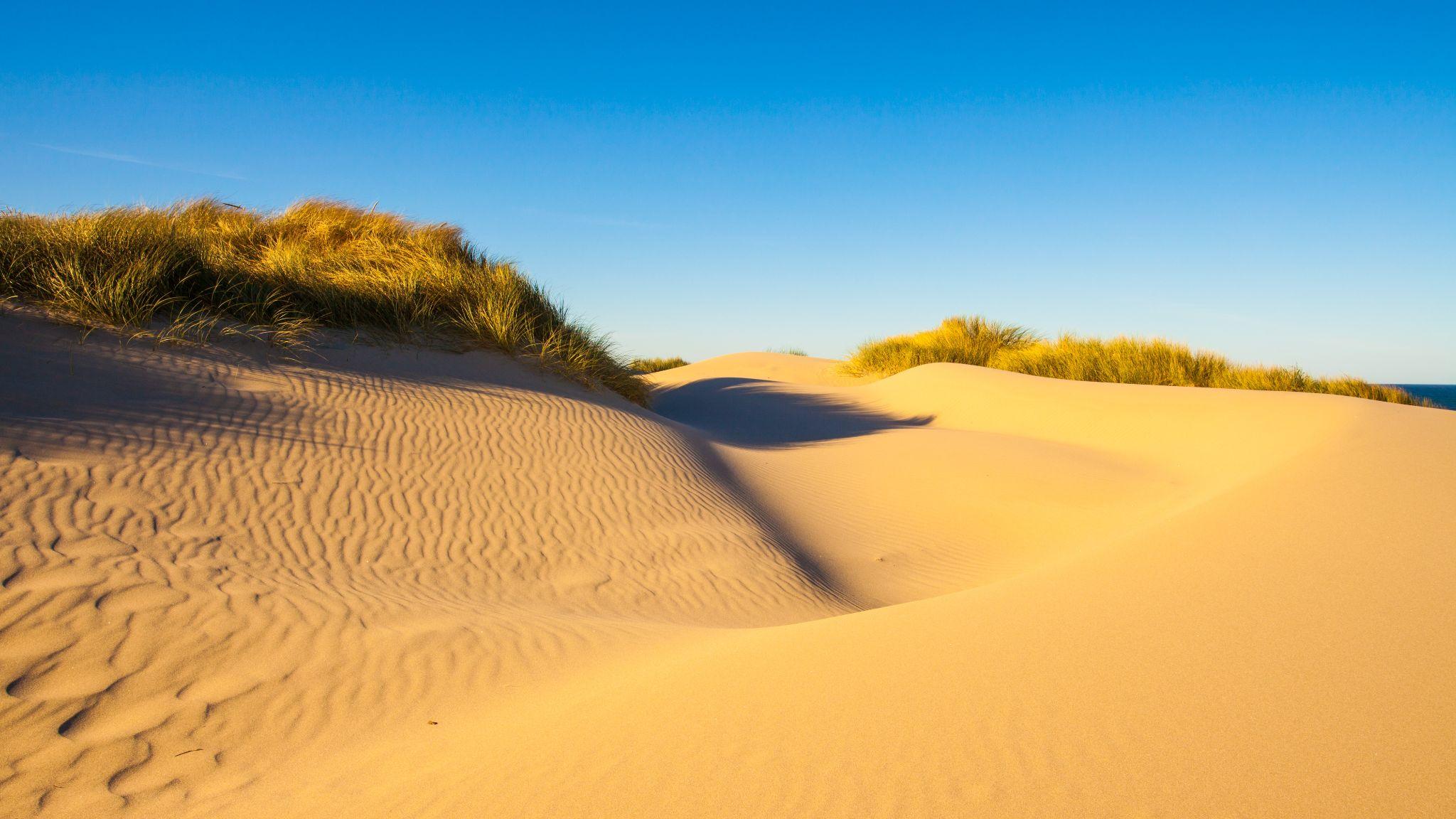
Southern Coast
Coos Bay: This coastal town is known for its scenic harbor and boardwalk, with shops, restaurants, and boat tours available.
Bandon: This coastal town is known for its picturesque harbor, historic lighthouse, and beautiful beaches.
Cape Blanco State Park: This park is home to the Cape Blanco Lighthouse, the westernmost point in Oregon. It also offers hiking trails, beach access, and camping.
Port Orford: This small town is known for its historic Coast Guard Station, scenic harbor, and access to nearby beaches and hiking trails.
Port Orford Heads State Park: Located in Port Orford, this park offers hiking trails, beach access, and the historic Lifeboat Station Museum.
Rogue River: The Rogue River runs from the Cascade Mountains to the Pacific Ocean and offers opportunities for rafting, fishing, and scenic drives.

Gold Beach: This coastal town is known for its beautiful beaches, jet boat tours up the Rogue River, and the historic Mary D. Hume shipwreck.
Cape Sebastian State Scenic Corridor: This scenic area offers breathtaking coastline views, hiking trails, and a picnic area.
Samuel H. Boardman State Scenic Corridor: This 12-mile stretch of coastline offers breathtaking ocean views, with hiking trails and scenic overlooks.
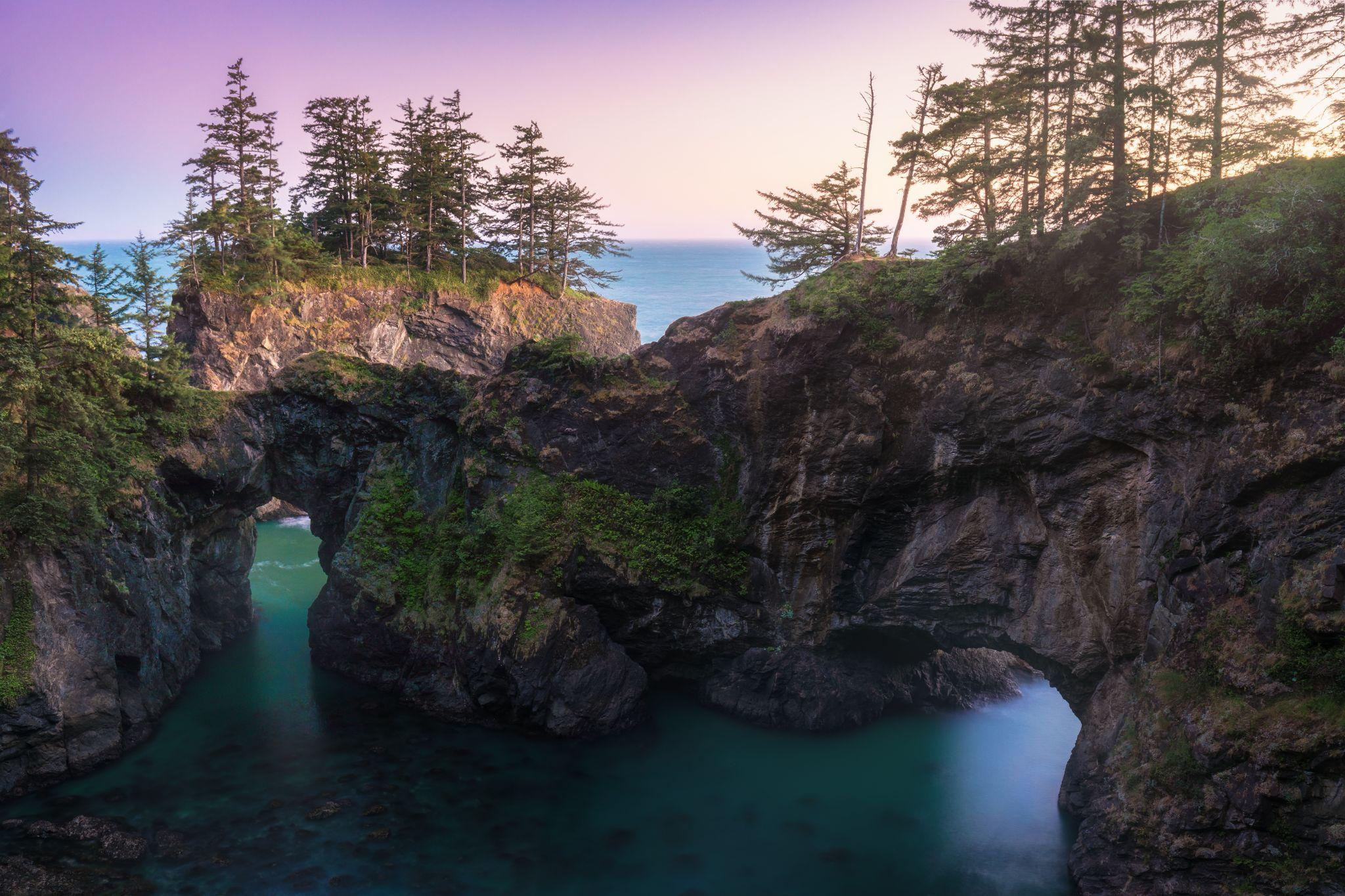
Harris Beach State Park: Located in Brookings, this park offers stunning views of the coastline, with hiking trails, beach access, and camping.
Brookings: This coastal town offers beautiful beaches, the Chetco Point Park with panoramic ocean views, and the Harbor and Boardwalk area with shops and restaurants.

Redwood National and State Parks: Just over the California border, this park has some of the world’s tallest trees, with hiking trails and scenic drives to explore.

Wallowa Mountains
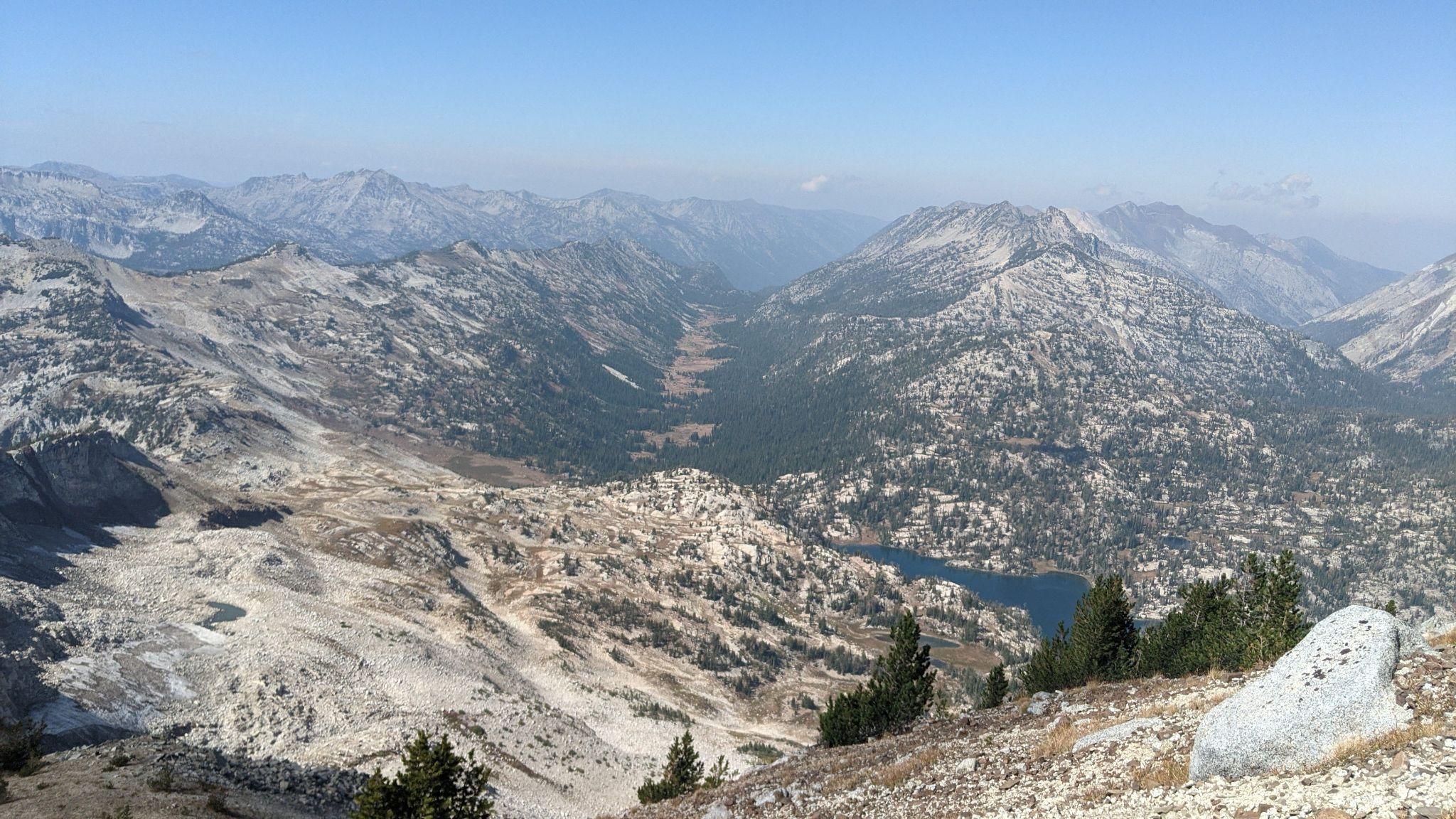
Brief History
The Wallowas are a mountain range located in northeastern Oregon. The area has a rich history that dates back thousands of years.
For many Native American tribes in the area, including the Nez Perce, the Wallowa Mountains were considered sacred. The region played an essential role in their cultural traditions and spiritual beliefs. The Nez Perce called the mountains “Nimiipuu,” which means “the people.”
In the late 1800s, the Wallowas became the site of a conflict between the United States government and the Nez Perce tribe. The government had signed treaties with the Nez Perce, but as settlers began to arrive in the area and take over tribal lands, tensions grew.
In 1877, the Nez Perce went to war against the government, and the Wallowa Mountains became a key battleground.
Today, the Wallowa Mountains are a popular destination for outdoor enthusiasts and adventurers, offering various recreational opportunities, including hiking, camping, fishing, hunting, and winter sports, offering some of the best in eastern Oregon.
The area is also home to several small towns and communities that offer a glimpse into the region’s unique history and culture. The Wallowa Mountains are considered one of the most scenic areas in Oregon, with stunning vistas of rugged peaks, pristine lakes, and rolling hills.
Make an Oregon road trip from the Wallowas and the Painted Hills since they are a little off the beaten path. They’d make a great family adventure, solo trip, or cruise with your significant other.
Ideas for the Area
Hiking: The Wallowas offer numerous hiking trails, from leisurely strolls to challenging multi-day backpacking trips. Popular hikes include the Wallowa Lake Loop Trail, the Chief Joseph Trail, and the Eagle Cap Wilderness Loop.
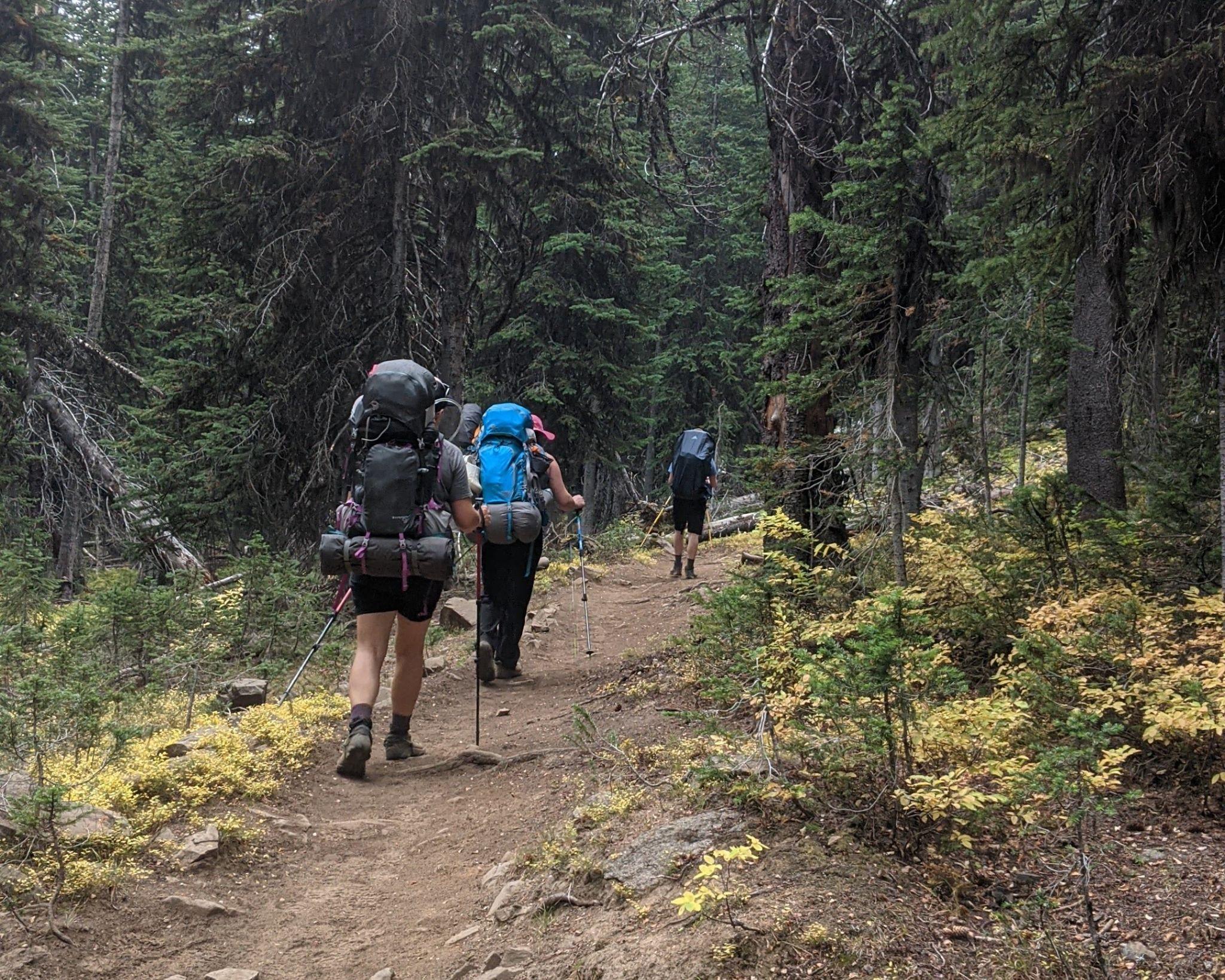
Scenic Drives: The Hells Canyon Scenic Byway and the Wallowa Mountain Loop Road offer stunning views of the mountains and surrounding landscape. Or take a scenic ride up the Wallowa Lake Tramway, where easy hiking trails and views for miles await you.
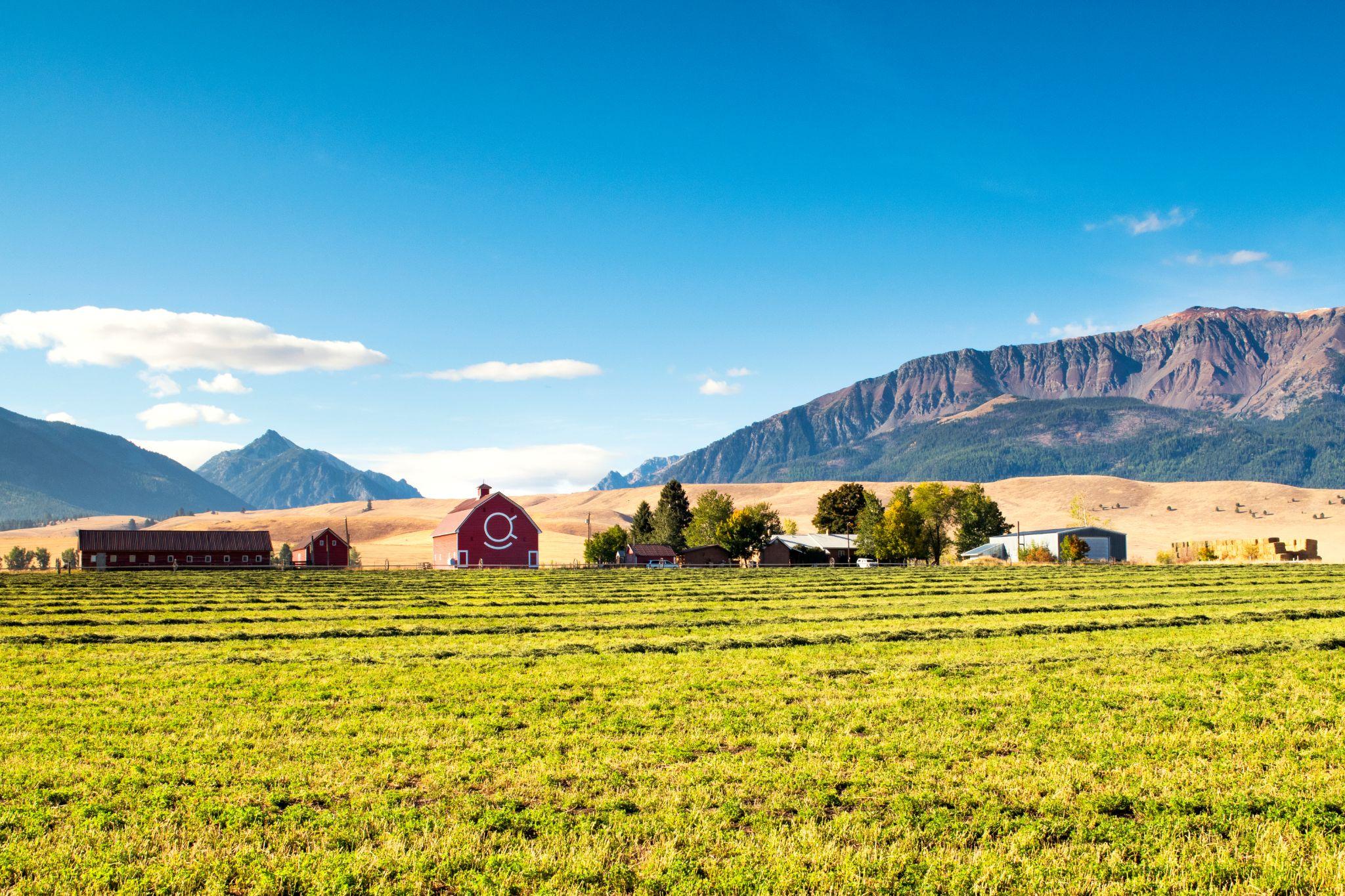
Horseback Riding: Several outfitters offer horseback rides through the mountains, offering a unique and scenic way to explore the area.
Camping: The Wallowa Mountains offer several campgrounds, including the famous Wallowa Lake State Park, which offers stunning views of the mountains and lake.
Fishing: The Wallowa Mountains are home to several rivers and lakes that offer excellent fishing opportunities for trout and salmon.
Winter Sports: The mountains offer several opportunities for winter sports, including skiing, snowshoeing, and snowmobiling.
Photography: The Wallowa Mountains offer endless opportunities for photography, with their rugged peaks, alpine lakes, and vibrant wildflowers. Or take a hot air balloon ride out of Joseph, Oregon, for some stellar birds-eye views of the mountains.
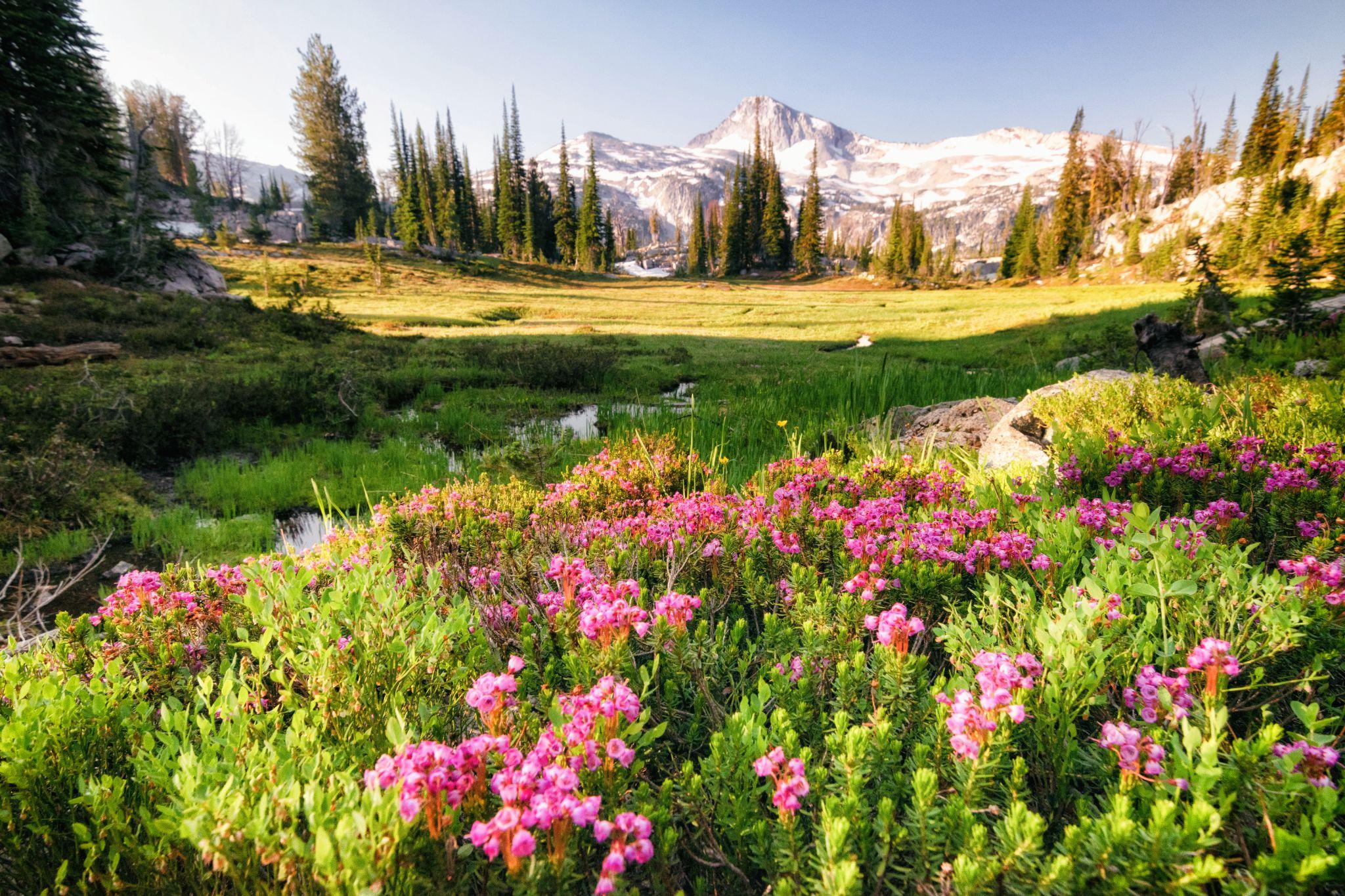
Smith Rock State Park
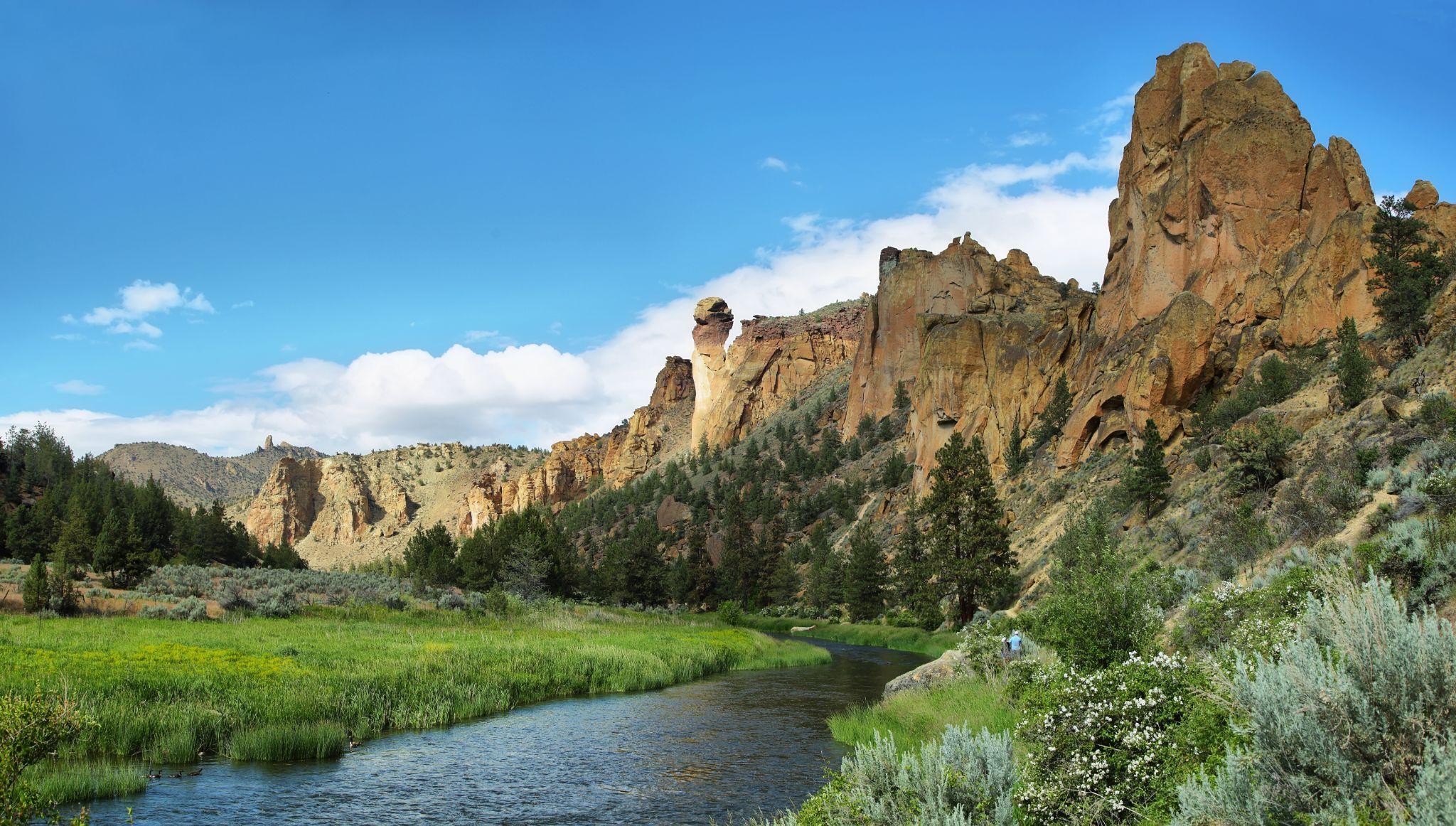
Brief History
Smith Rock State Park is a popular destination for rock climbing, hiking, and other outdoor activities in Central Oregon. The area has a rich history that dates back thousands of years.
For many Native American tribes in the area, including the Northern Paiute, Smith Rock was considered sacred, and the region played an essential role in their cultural traditions and spiritual beliefs.
In the late 1800s, Smith Rock became an essential site for homesteaders looking to settle in the area. In the early 1900s, the park was used for cattle grazing, and many of the trails that exist today were initially created by ranchers and their livestock.
In the 1930s and 1940s, Smith Rock became a popular destination for rock climbers, and the park is now considered one of the birthplaces of modern American sport climbing. In 1987, Smith Rock was designated as Oregon’s first state park dedicated to the sport of rock climbing.
Today, Smith Rock is home to more than 1,800 climbing routes, as well as a variety of hiking trails, picnic areas, and scenic viewpoints. The area is also home to several species of rare and endangered plants and animals, including golden eagles, prairie falcons, and rare desert wildflowers.
Ideas for the Area
Hiking: Smith Rock State Park offers over 12 miles of hiking trails, ranging from leisurely strolls to challenging hikes. Popular hikes include the Misery Ridge Trail, the Summit Trail, and the River Trail.
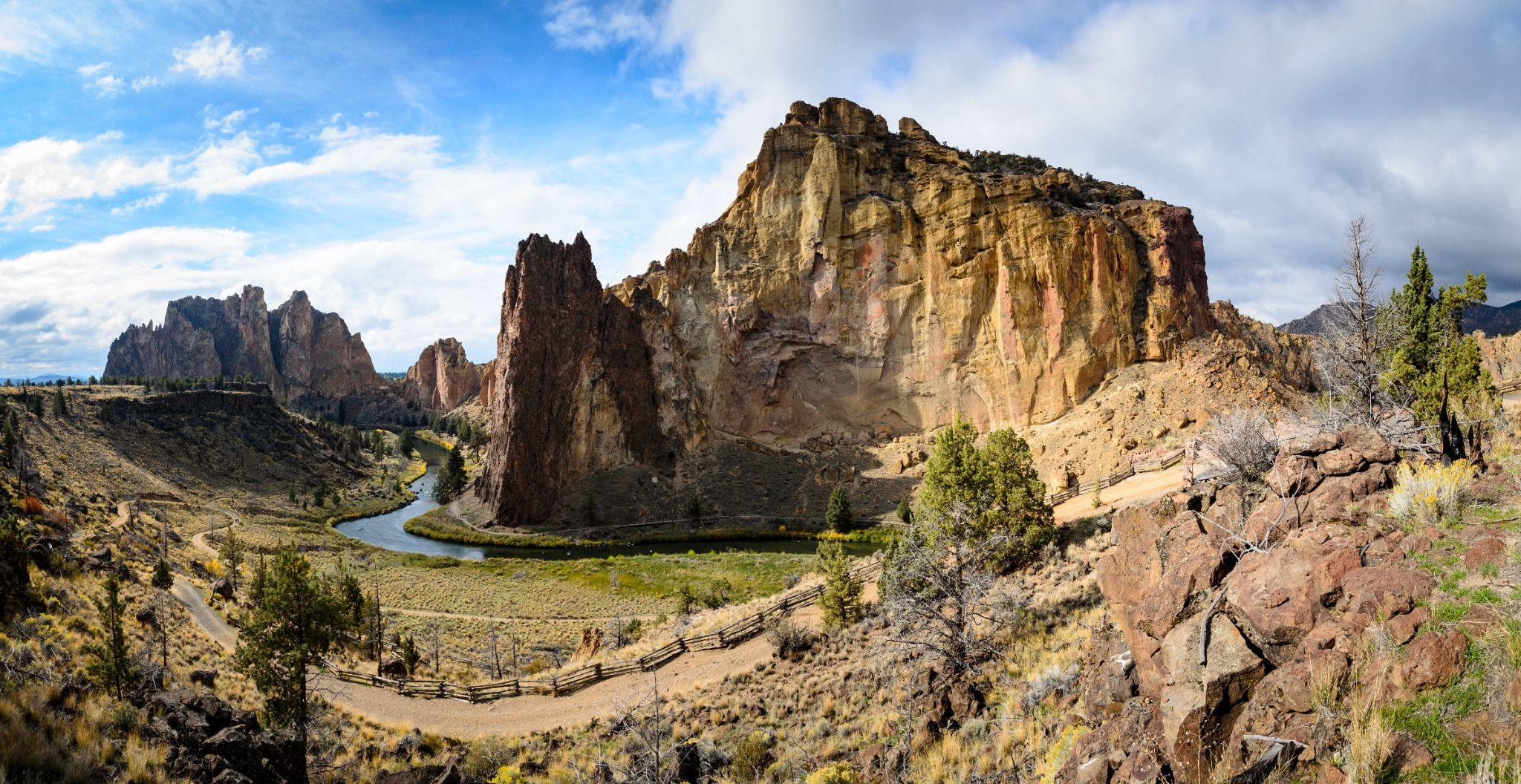
Rock Climbing: Smith Rock is considered a world-class climbing destination, with over 1,800 climbing routes of varying difficulty. The park offers several designated climbing areas and guided climbing tours.

Mountain Biking: The park offers several miles of mountain biking trails, ranging from easy to challenging.
Fishing: The Crooked River offers excellent fishing opportunities for rainbow trout and steelhead.
Wildlife Watching: The park is home to various wildlife, including golden eagles, pronghorns, and river otters.
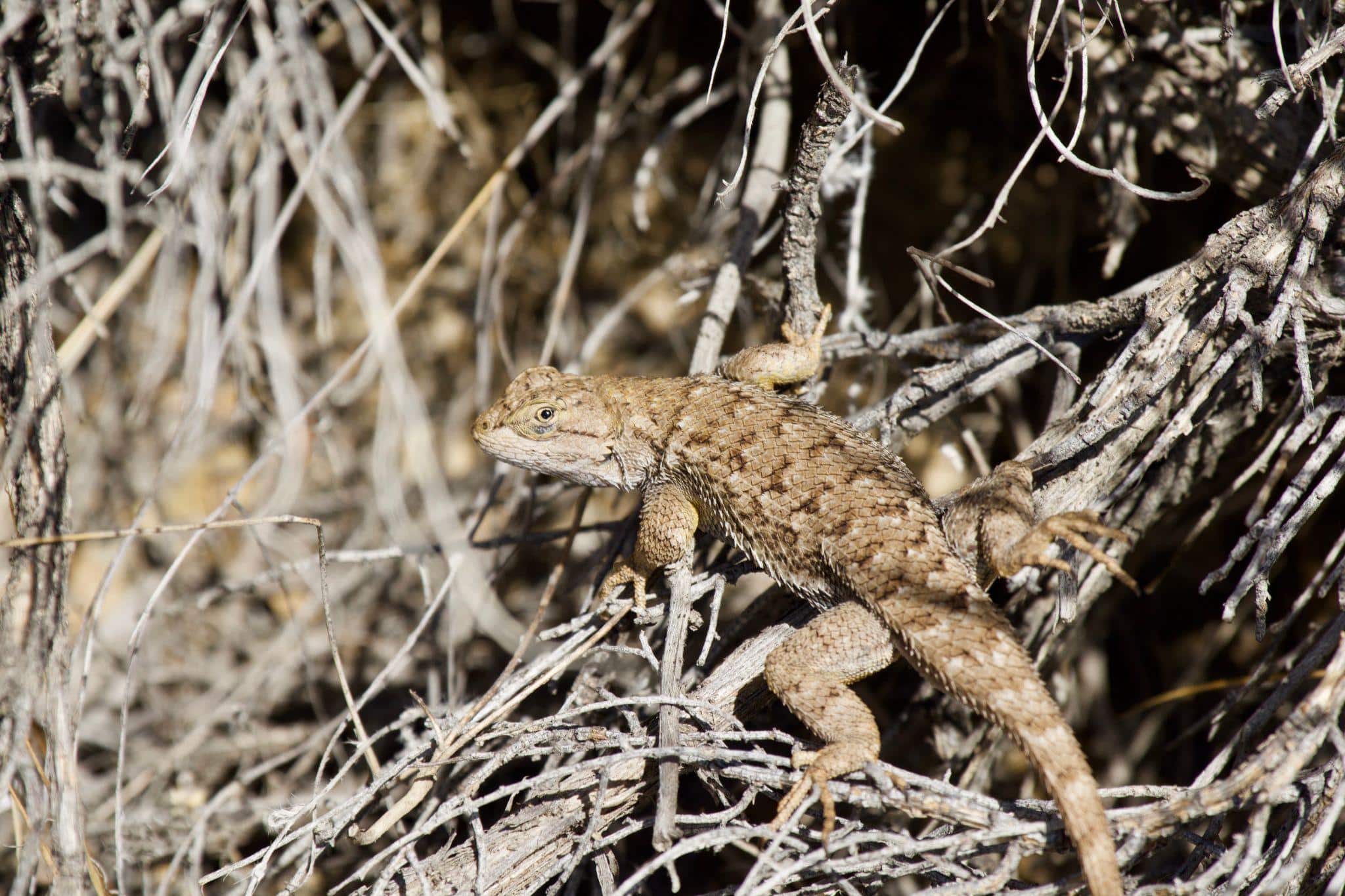
Photography: Smith Rock State Park offers endless opportunities for photography with its towering rock formations, scenic vistas, and stunning sunsets.
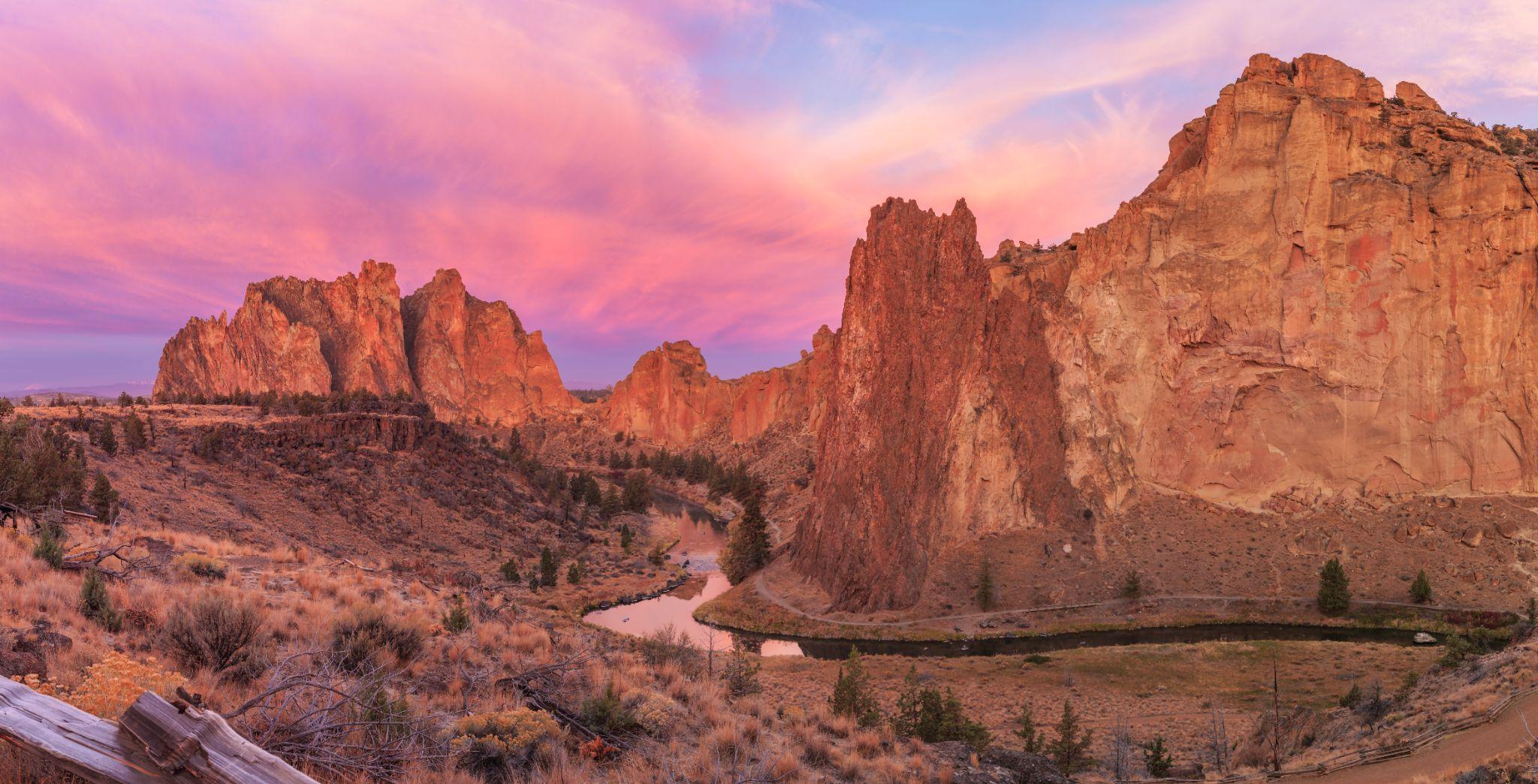
Camping: The park offers several campsites, including walk-in sites, RV sites, yurts, and cabins.
